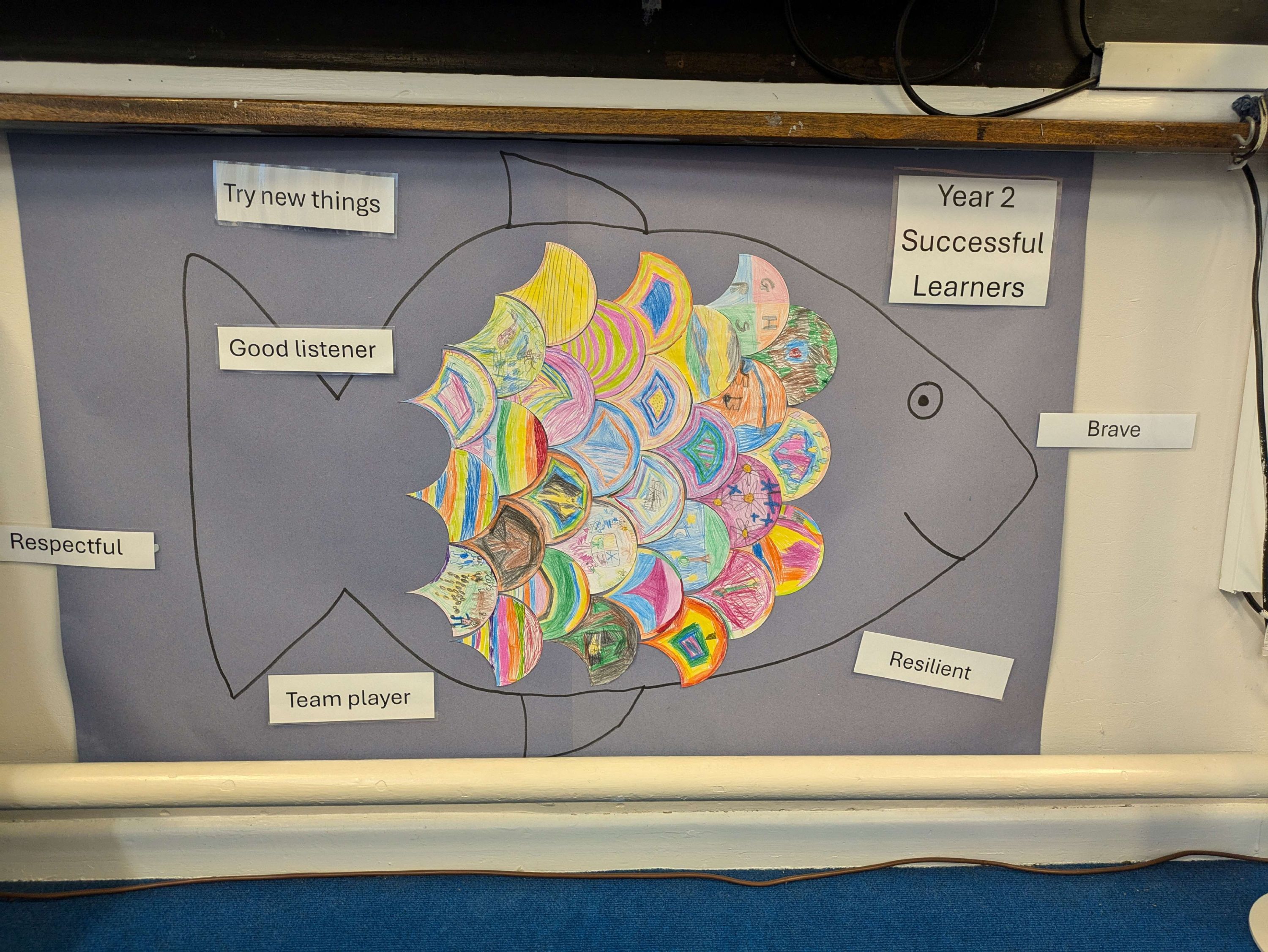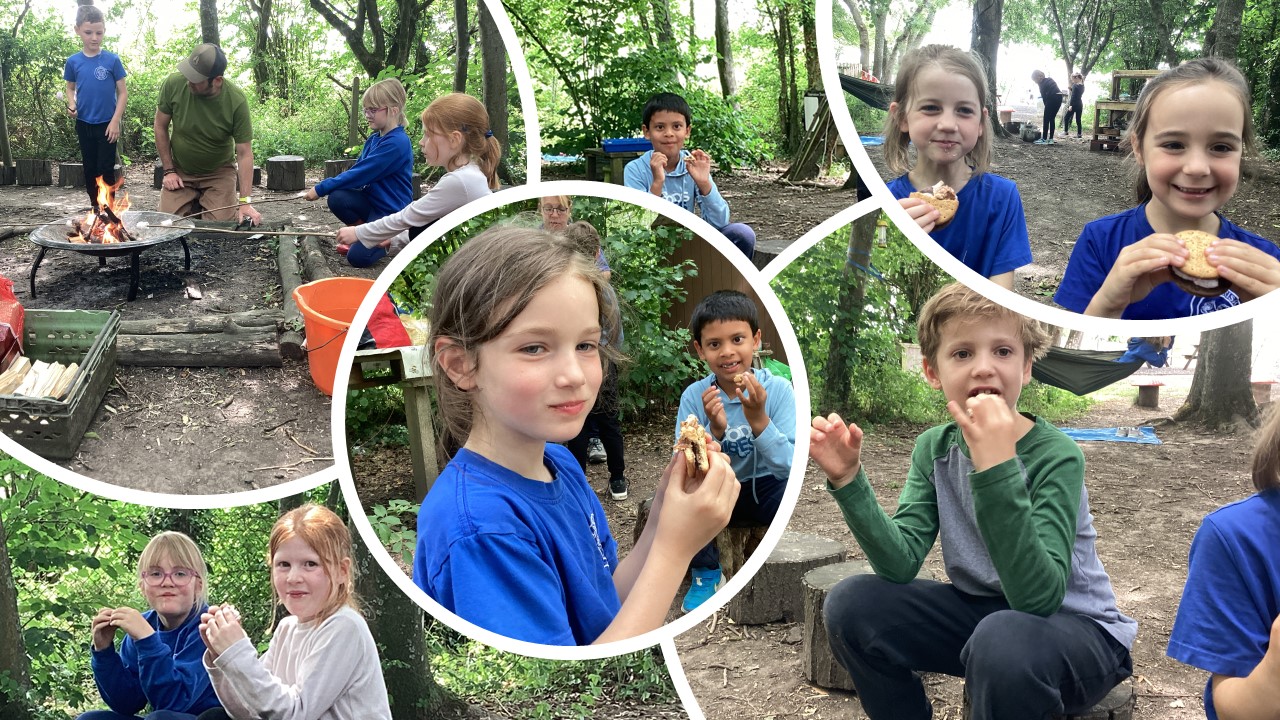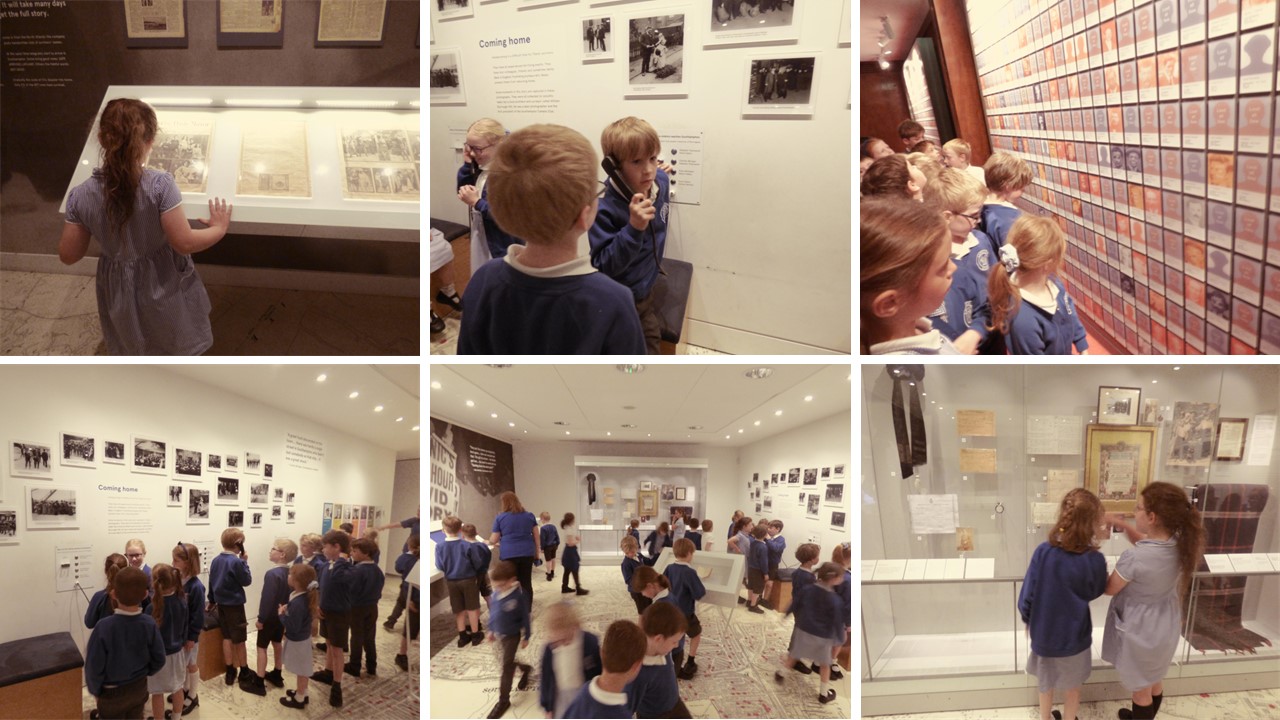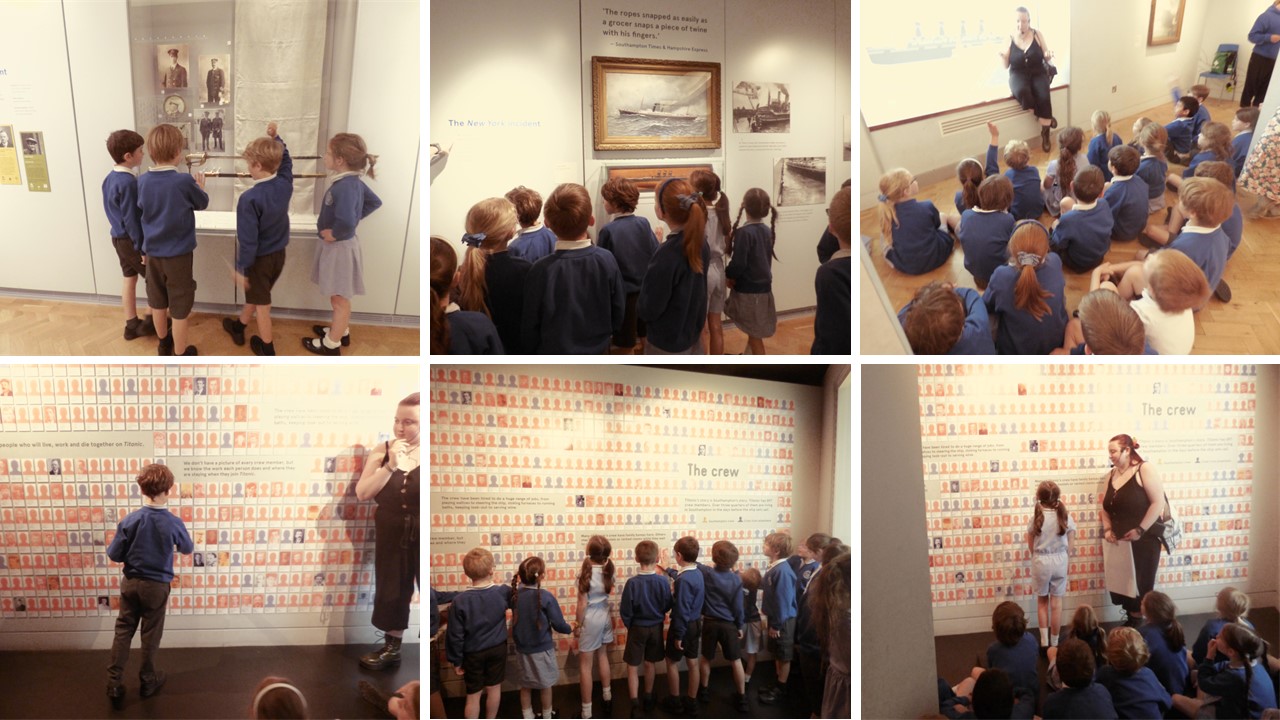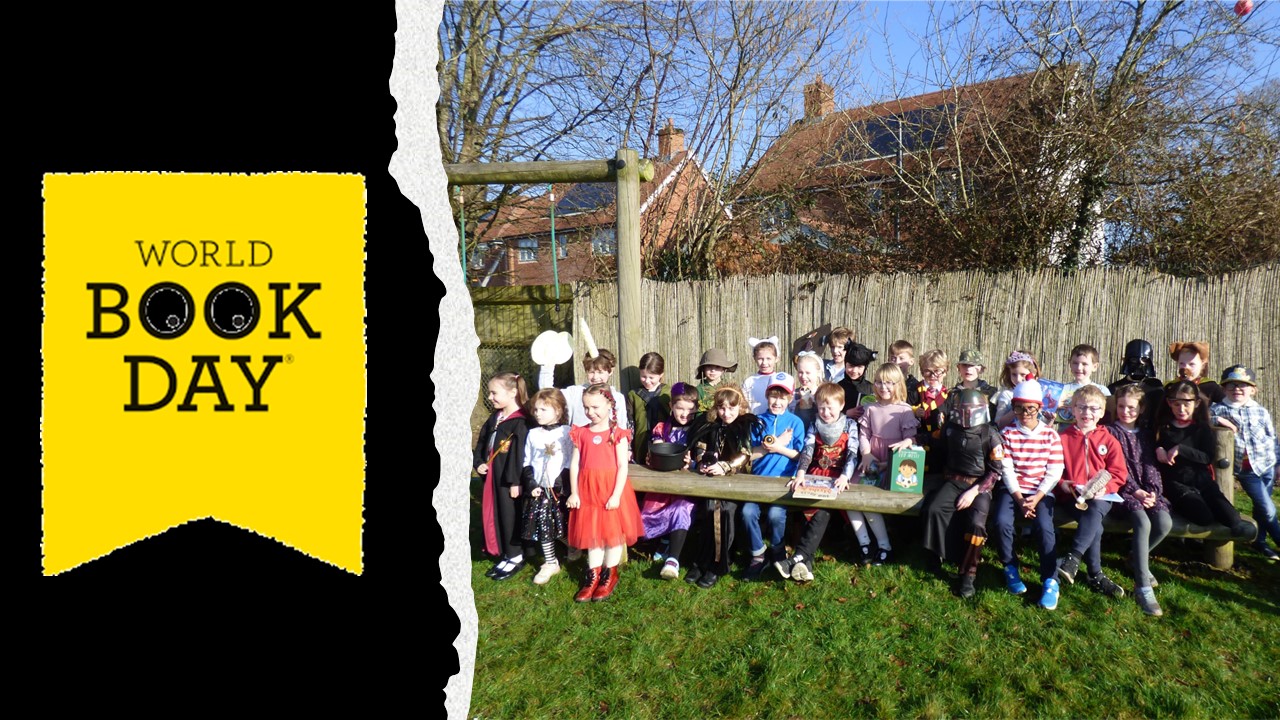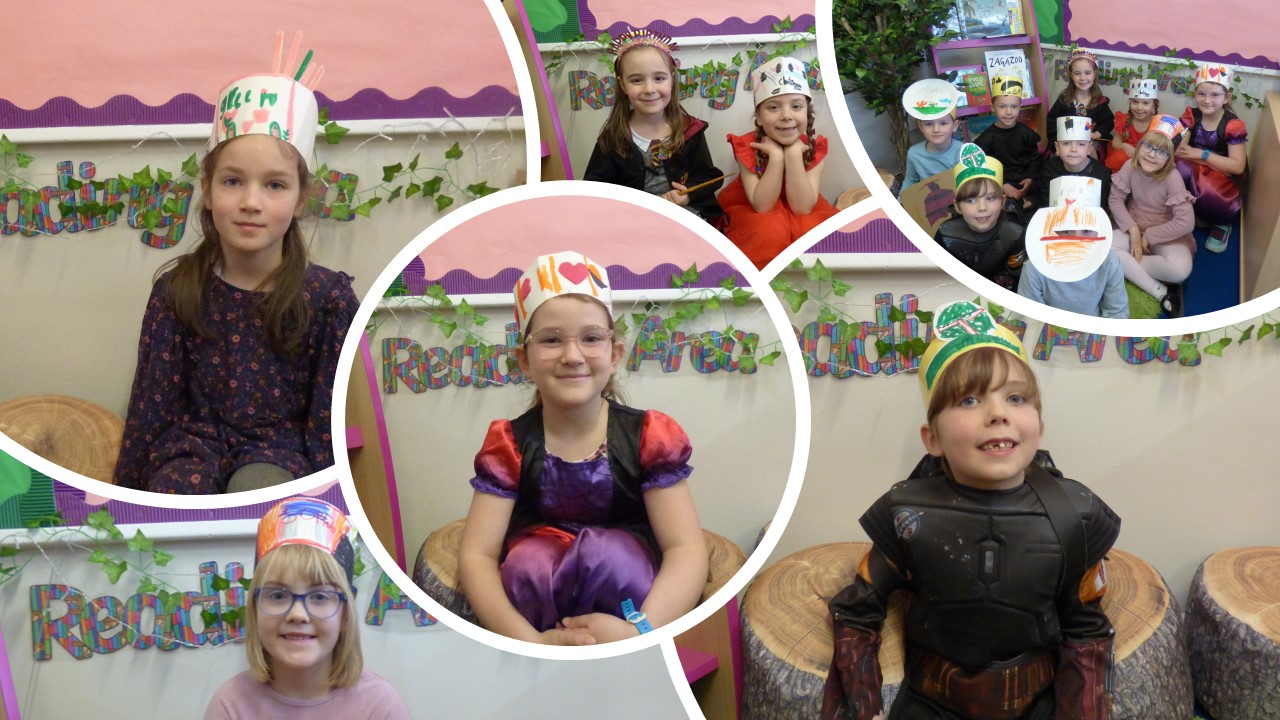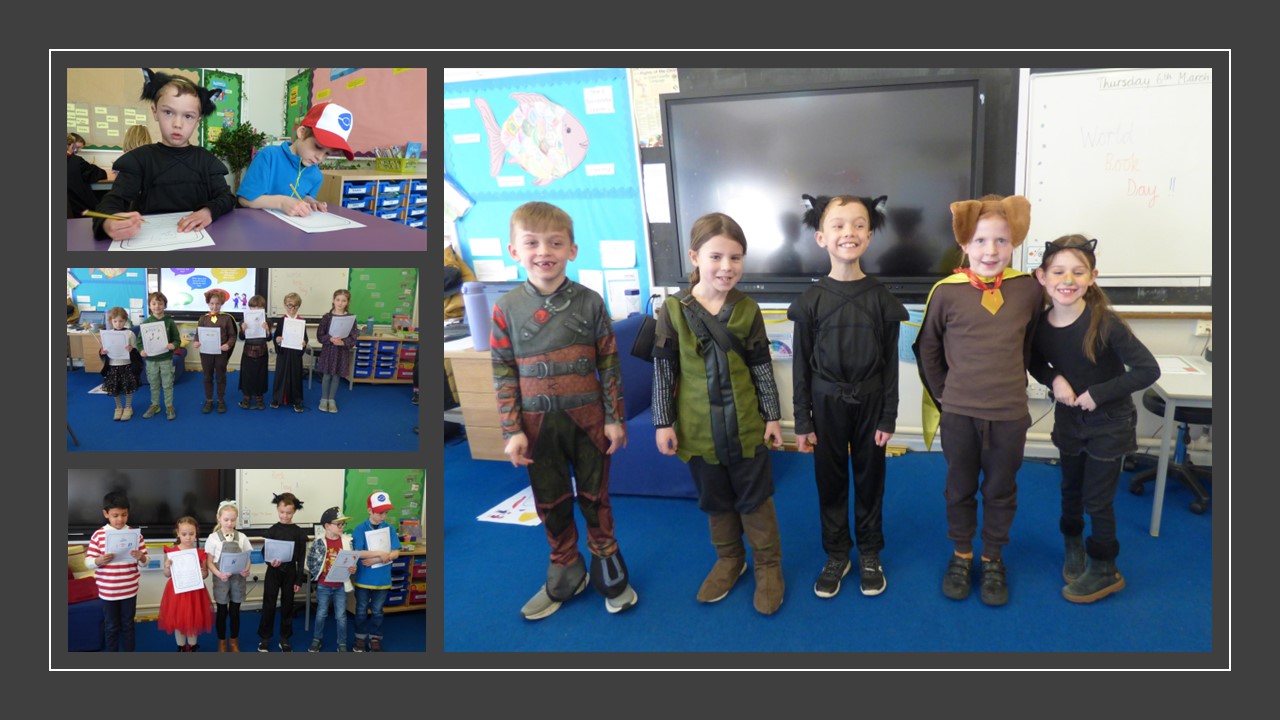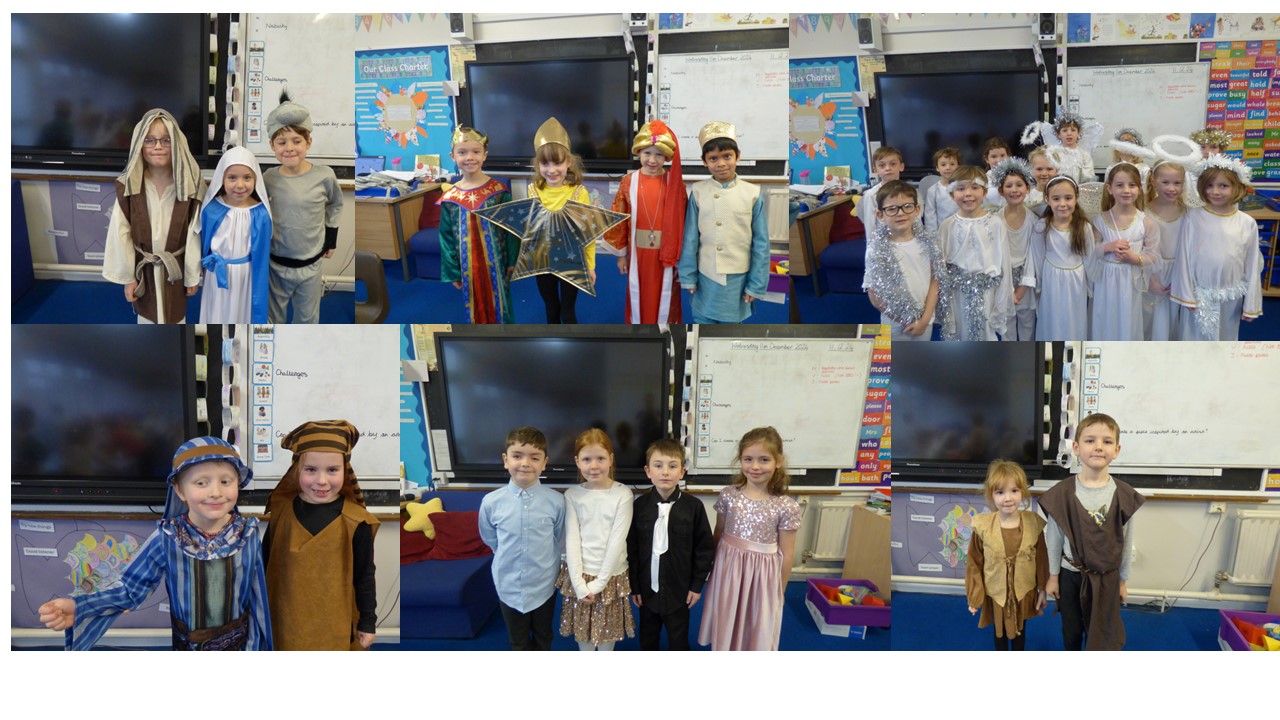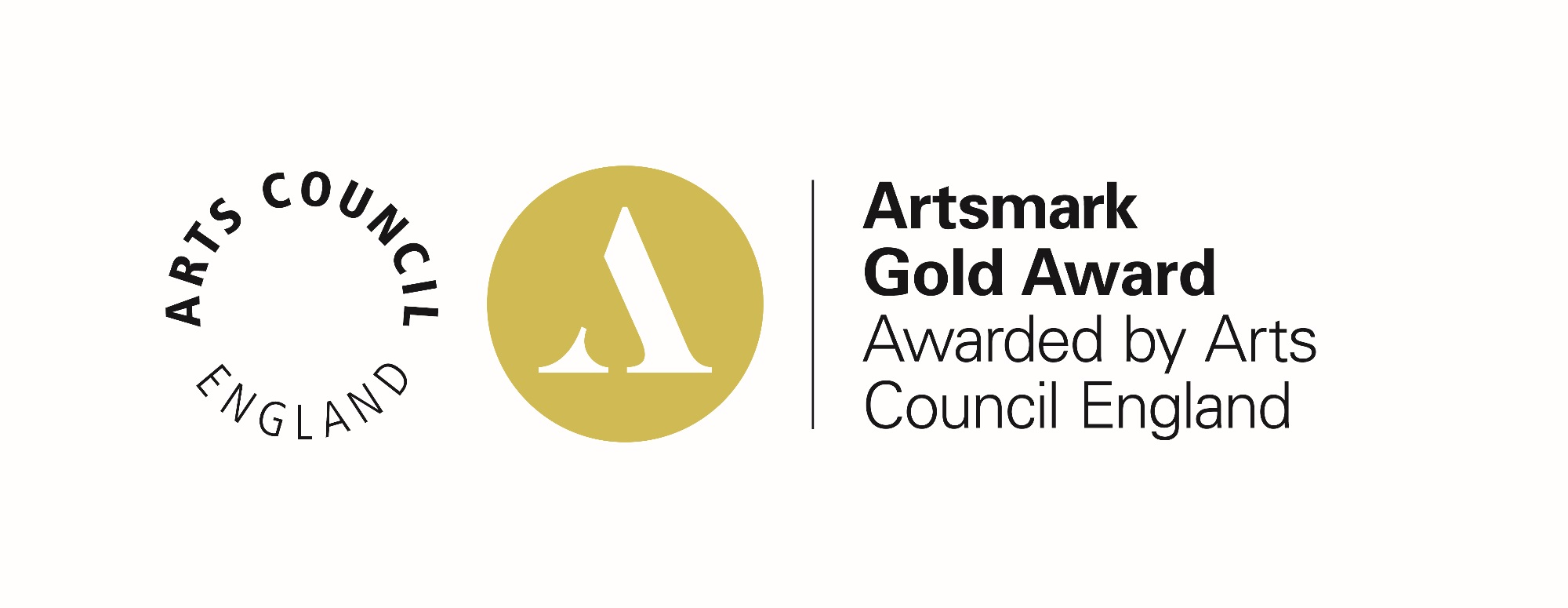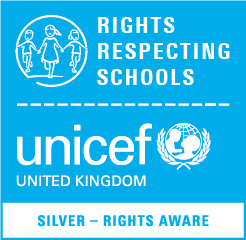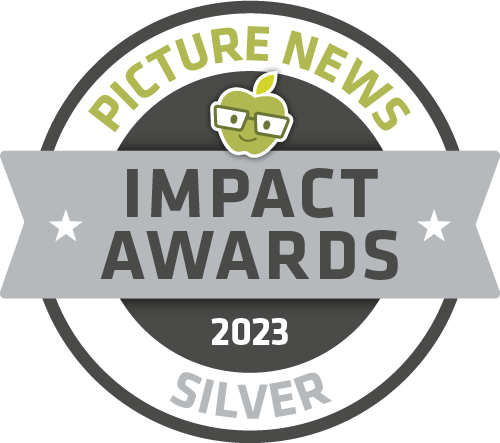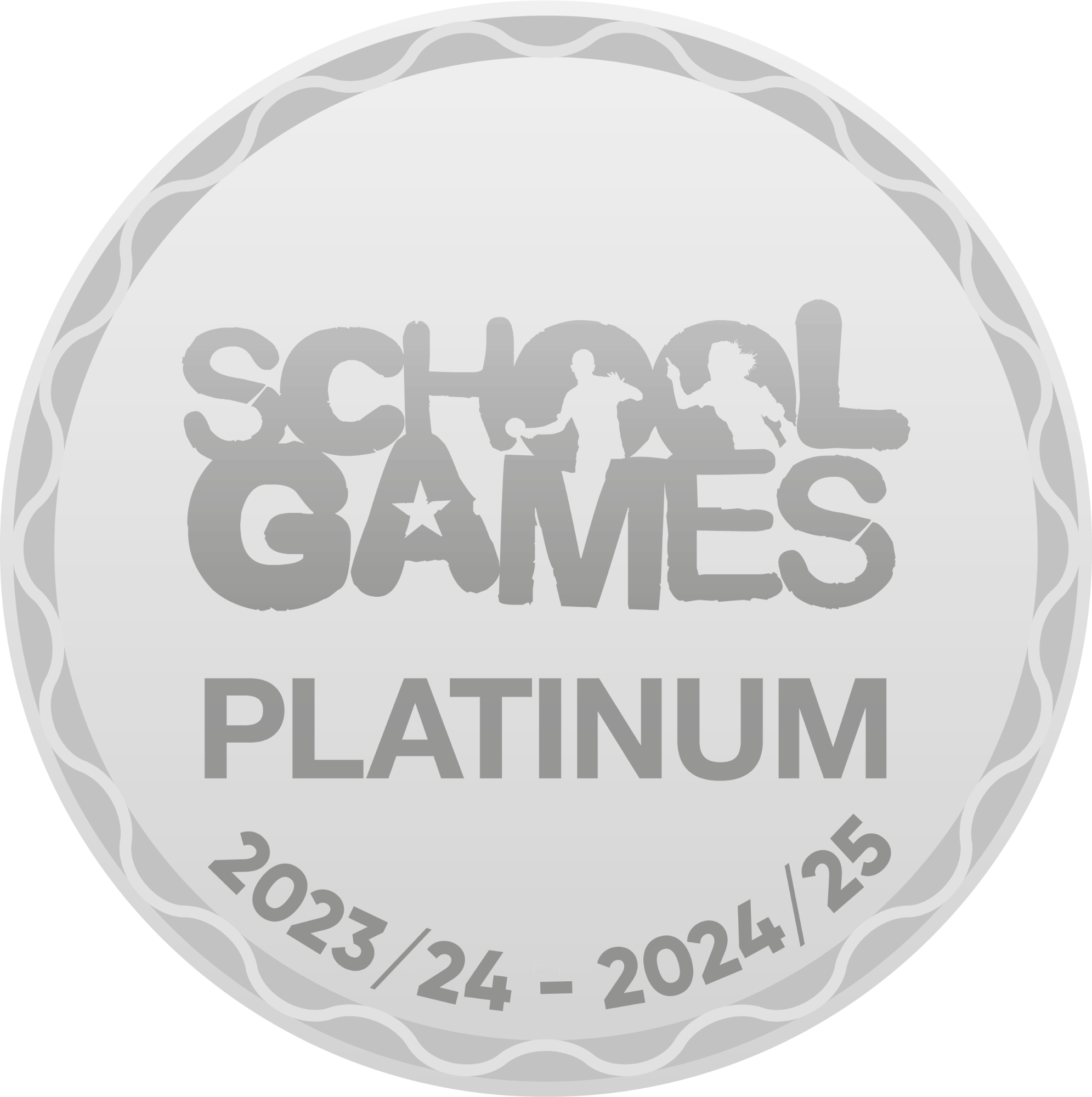Year 2 Deer
Mrs Lawry and Mrs Smith

Key Dates
PE Days - Tuesday and Thursday
Library Books - Tuesday
Maypole Demonstration - Wednesday 16th July at 2.50pm
Here's a little sneak preview....

Home Learning
Reading (10 minutes per day) - just a few pages and a discussion about what you have read. See the Bloom's questions in your reading record (or at the bottom of the page) to help with ideas.
Spelling (10 minutes per week) - please complete Spellings Week 11 on Purple Mash. Don't forget to use Spelling Shed to do some practice of the spelling pattern before you take the test and let's try and beat last week's scores!
Maths games (10 minutes per week) - We have been putting all our maths skills into practise in class this week with our problem solving lessons. Why not have a go at some of these challenges activities at home - Problem Solving Games for KS1
Class Reader
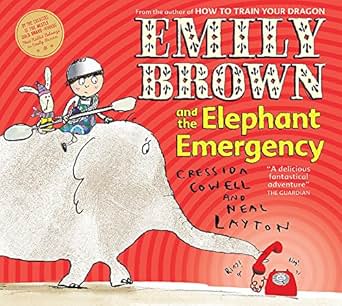
In our Guided Reading sessions this week, we have been reading the story 'Emily Brown and the Elephant Emergency' by Cressida Cowell and Neal Layton.
Ask your child: What are the best five words to describe Matilda?
Picture News
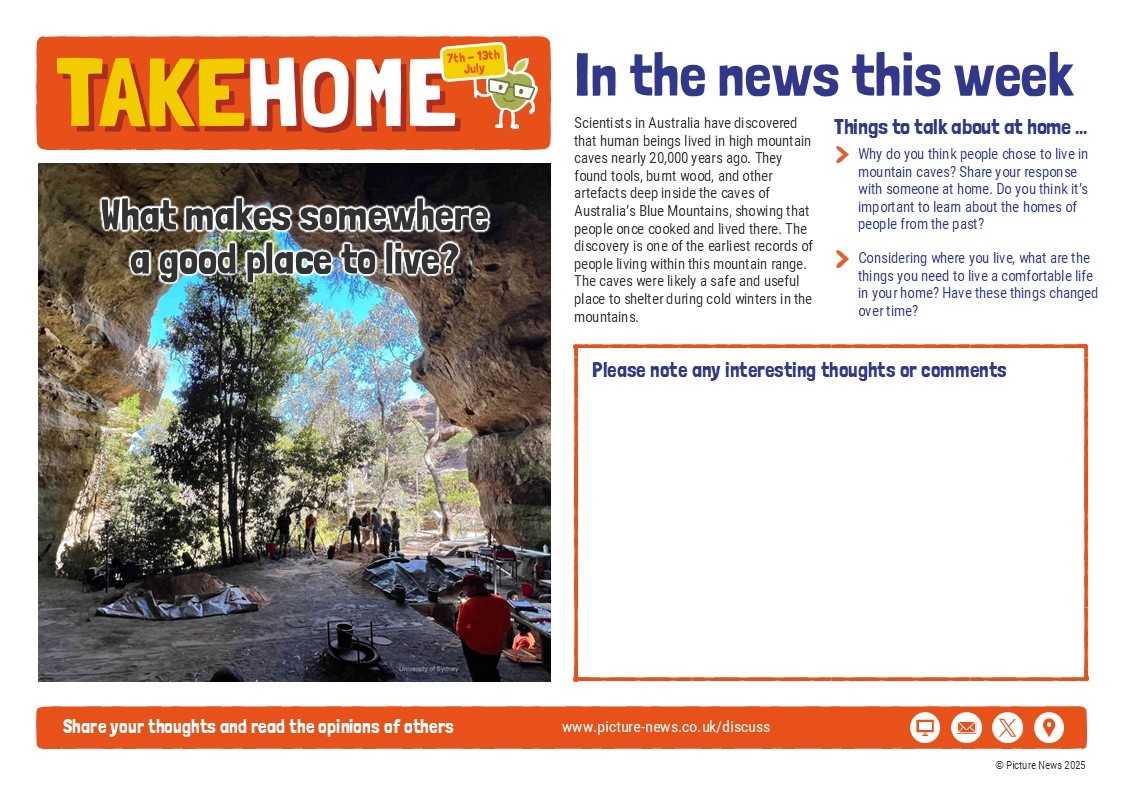
Taste of our Learning
Year 2 Sport Morning at TPS

If you go down to the woods today...
This term we have enjoyed three wonderful forest school sessions. We have enjoyed so many wonderful activities including: den building, clay animals, the mud kitchen and climbing trees. We hope you enjoy these fantastic photos!
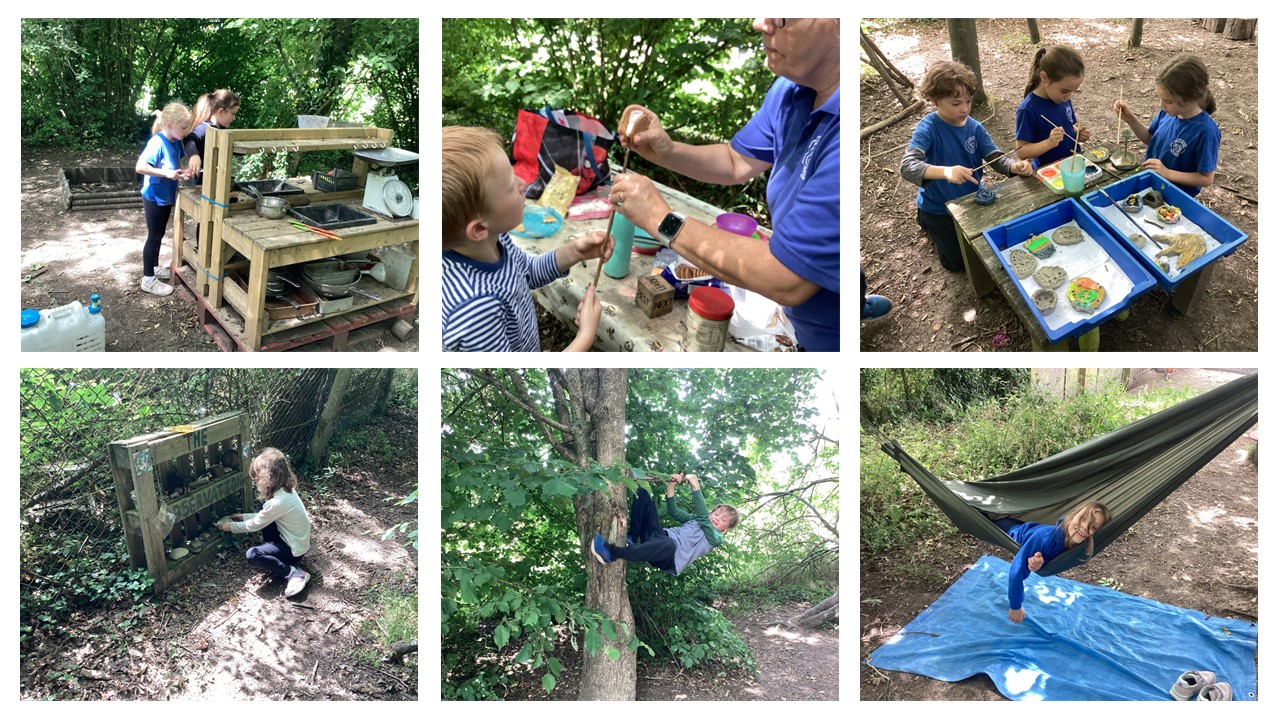
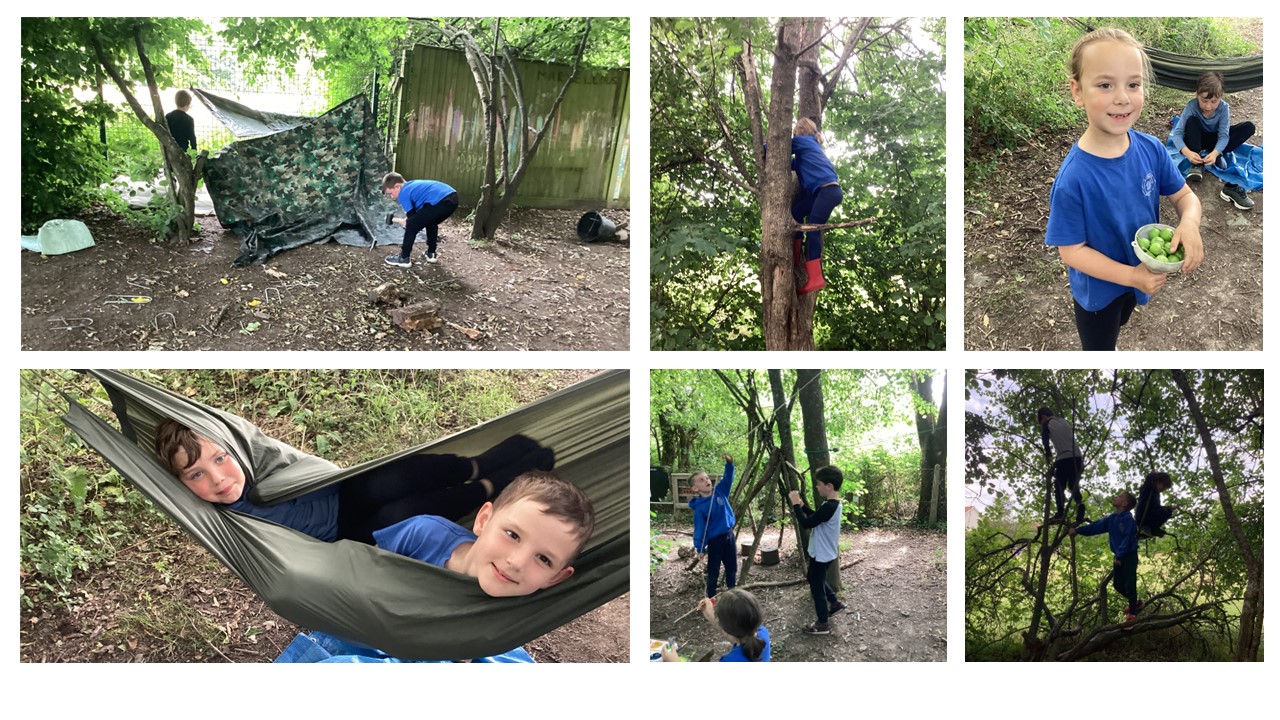
I can't be-leaf it!
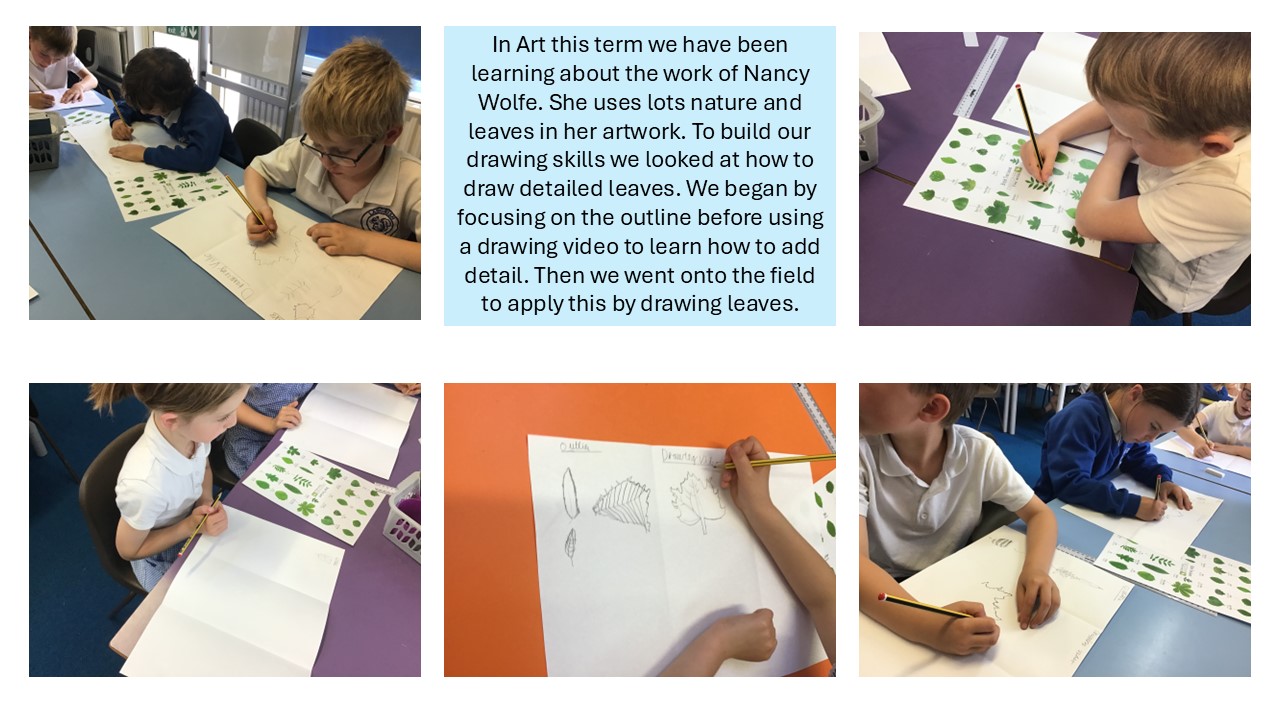

Assembly? SMASHED IT!
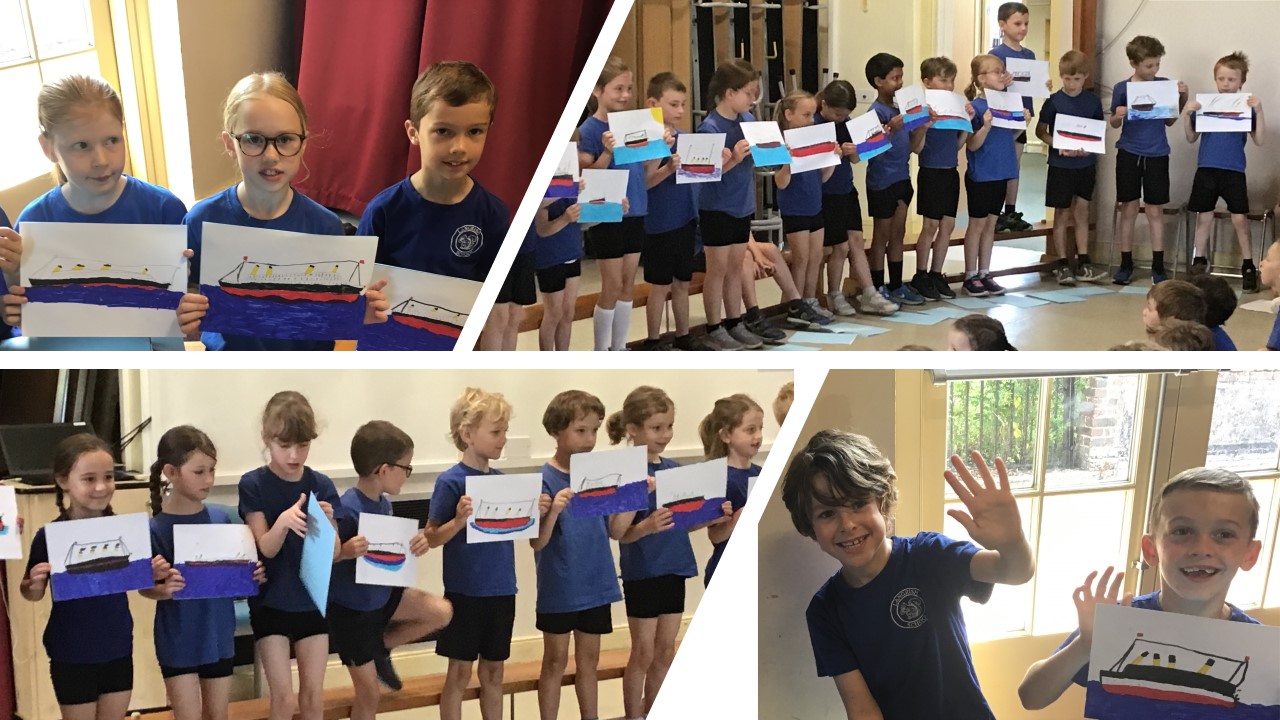
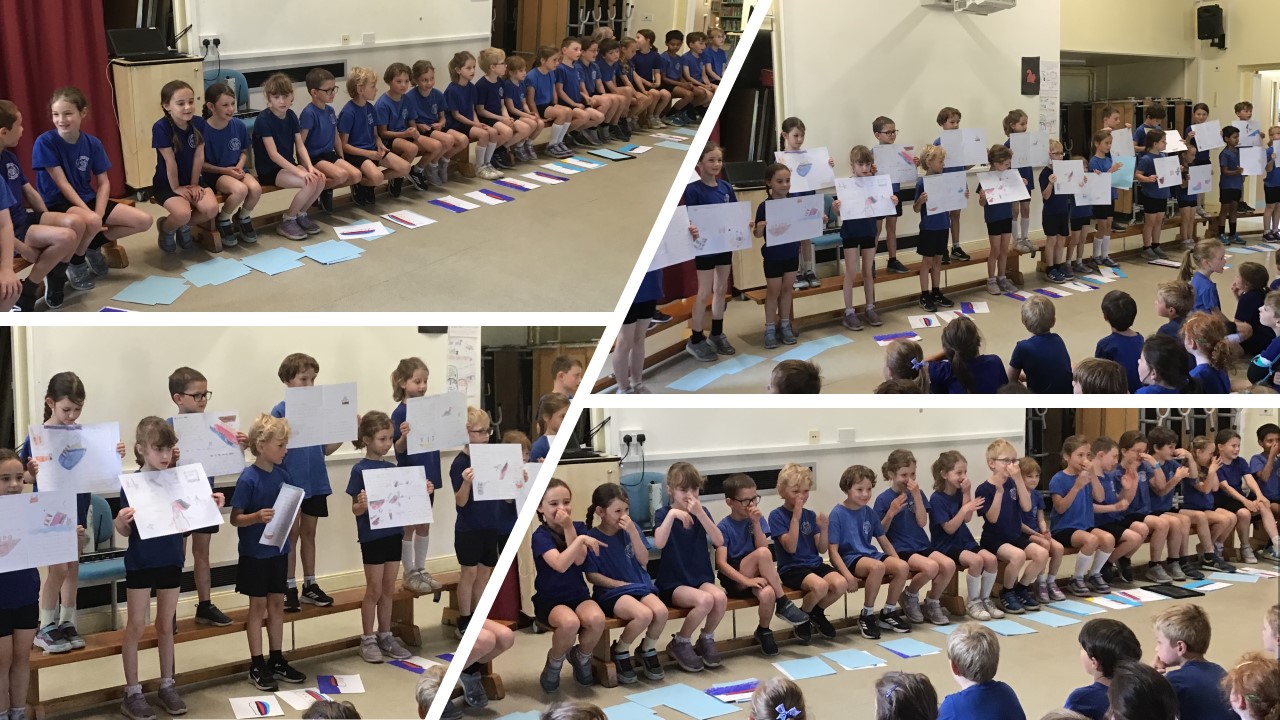
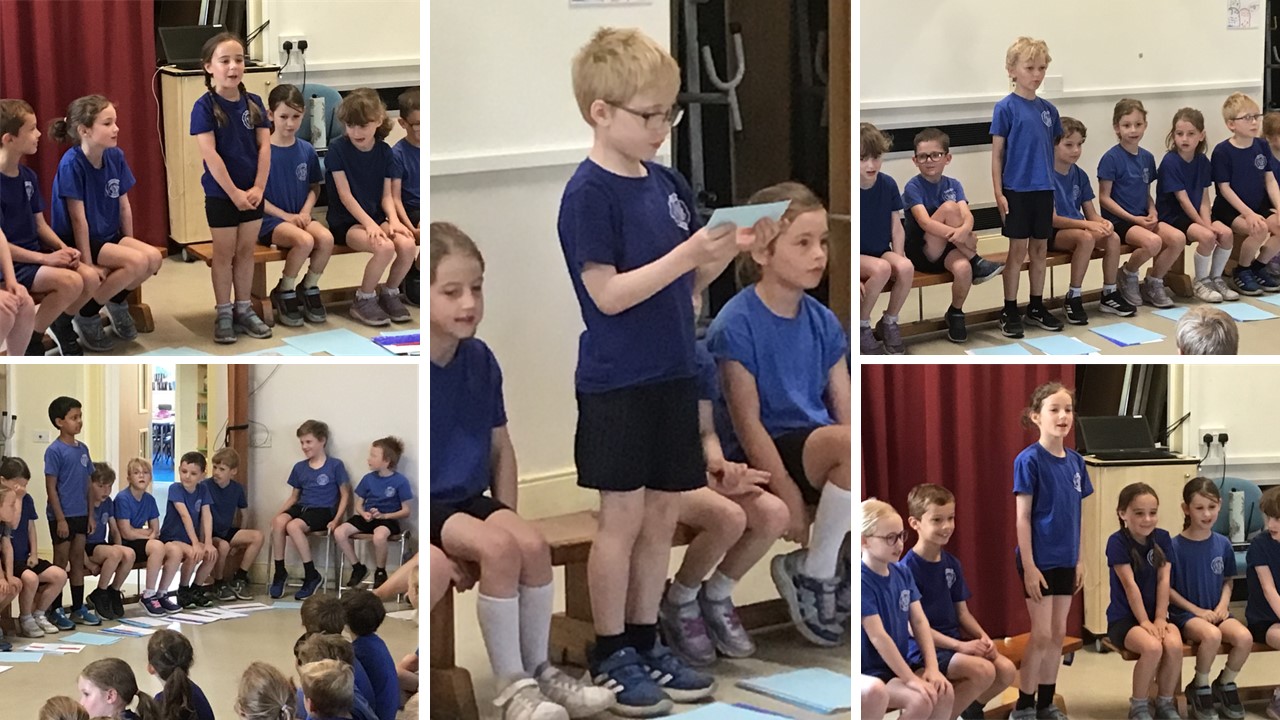
What an incredible assembly! We are so proud of your creativity, your LOUD Mrs Smith-style voices, and your general awesomeness! Well done Year 2!
The People Project - How to Improve the Future
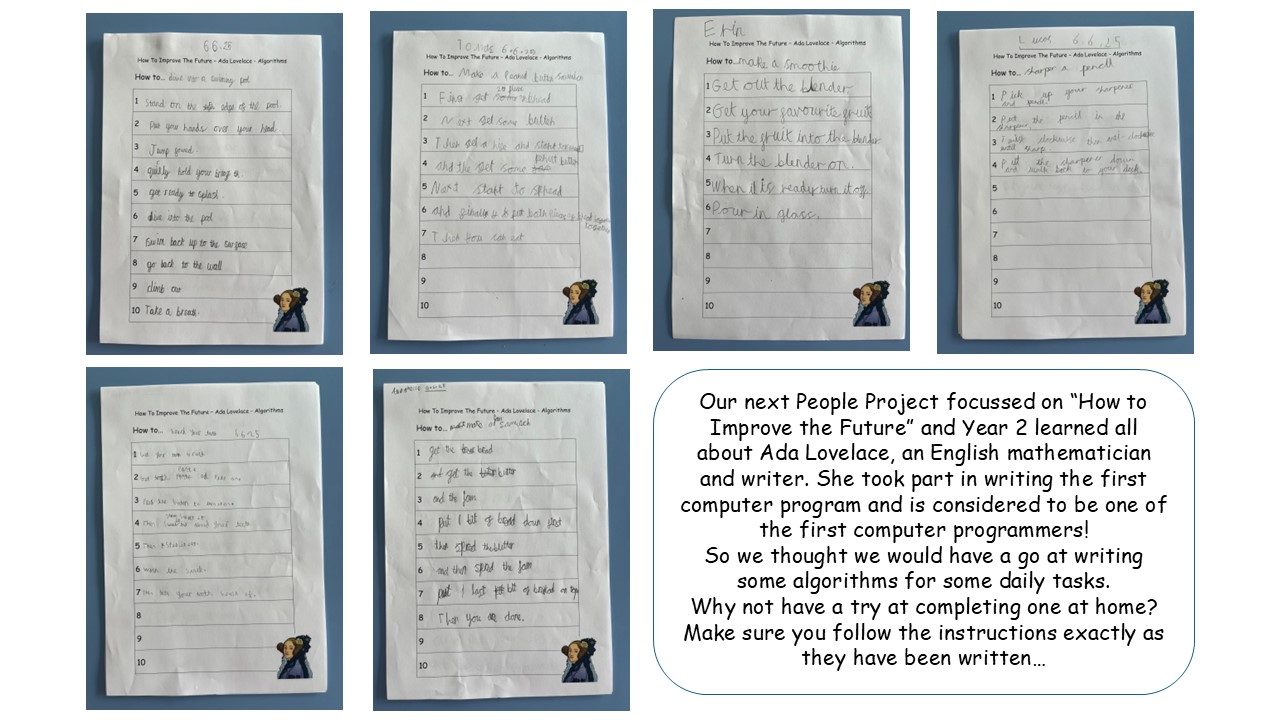
Let it grow!
We are currently completing our longitudinal study in science by exploring how plants grow and change over time. We planted some seeds about a month ago and have been surprised how quickly they have grown. Just like real scientists, we are completing a log and recording observations each week. We are really enjoying seeing how they are changing!
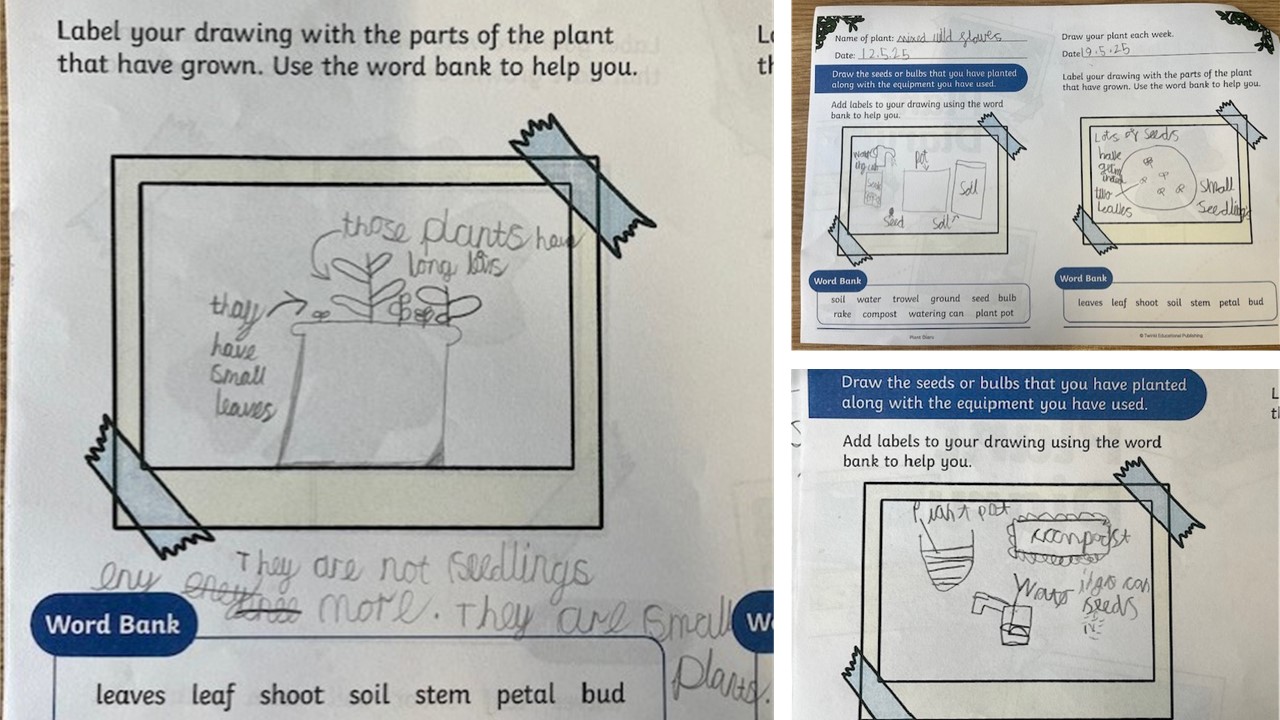
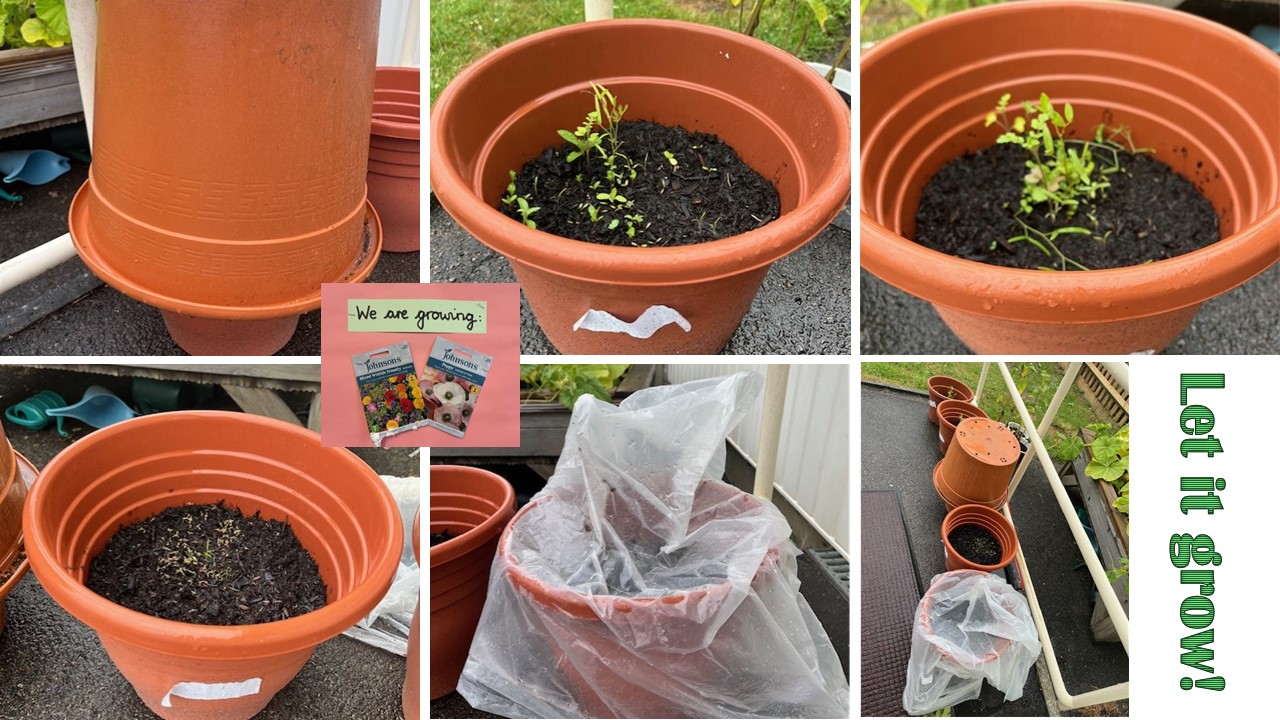
Puppets!
This half-term we have enjoyed designing, making and evaluating our puppets. These have come home this week but here is just a taste of some of our wonderful creations!
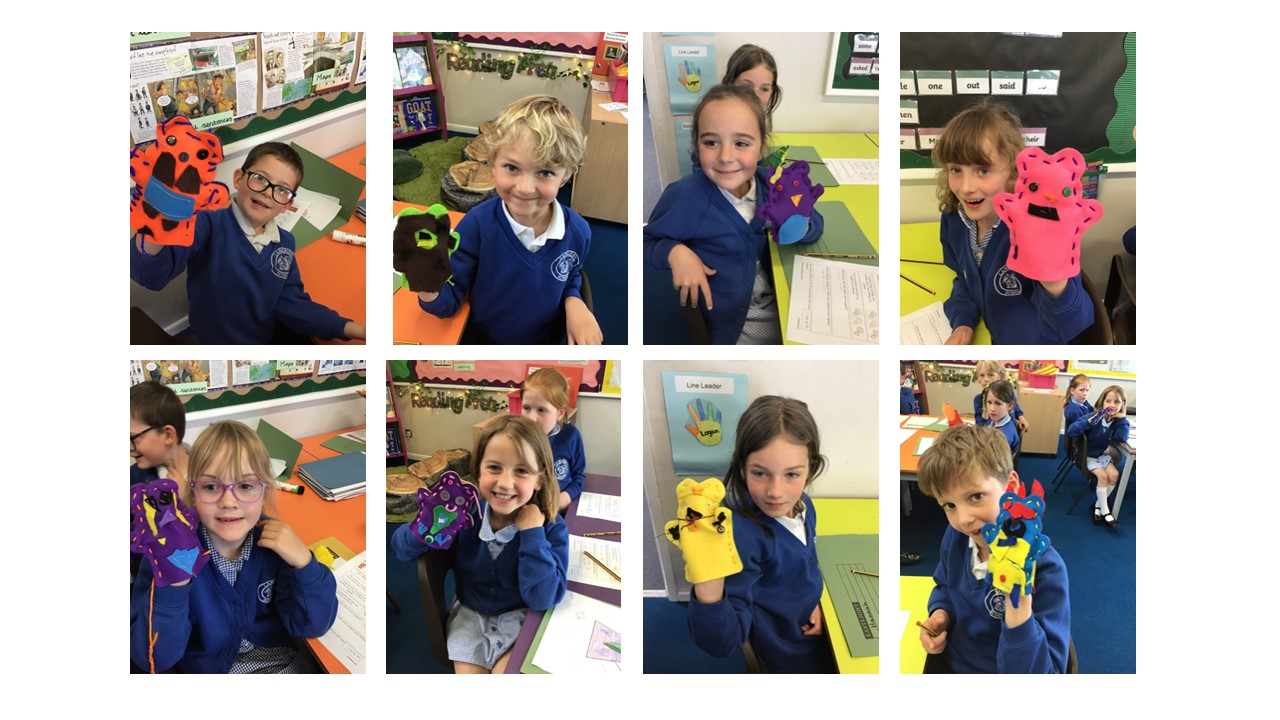
The Unsinkable Ship
Year 2 had "the best day ever" on Wednesday as we all boarded a coach and headed off to Southampton to the Sea City Museum to find out even more about the famous Titanic. Going on the coach alone was really exciting, but we were treated to two fantastic workshops where the children found out some of the personal stories behind this maritime tragedy.
In the first workshop the children had a moral dilemma where they had to choose who would go in the lifeboats and who would stay on the ship. They also had the chance to handle artifacts from the ship and experience some of the smells the passengers would have smelt! They were also tasked with estimating how many compartments on our model ship, (an ice cube tray!) would need to be filled before the ship sank.
In the main museum space, the children learnt all about the ship itself and what was taken on board for the voyage - what on earth did they need 11,000 oyster forks for? Ask the children about the interesting machines they found in the gymnasium...! We also learnt about some of the personal stories of the passengers and the crew. Did you know one man's job was to be in charge of ice cream?? All 1,750 quarts of it! His job did have a great title - Ice Man!
All in all it was a very successful trip and the Year 2s did Langrish School proud! I think the grown-ups slept well that night...
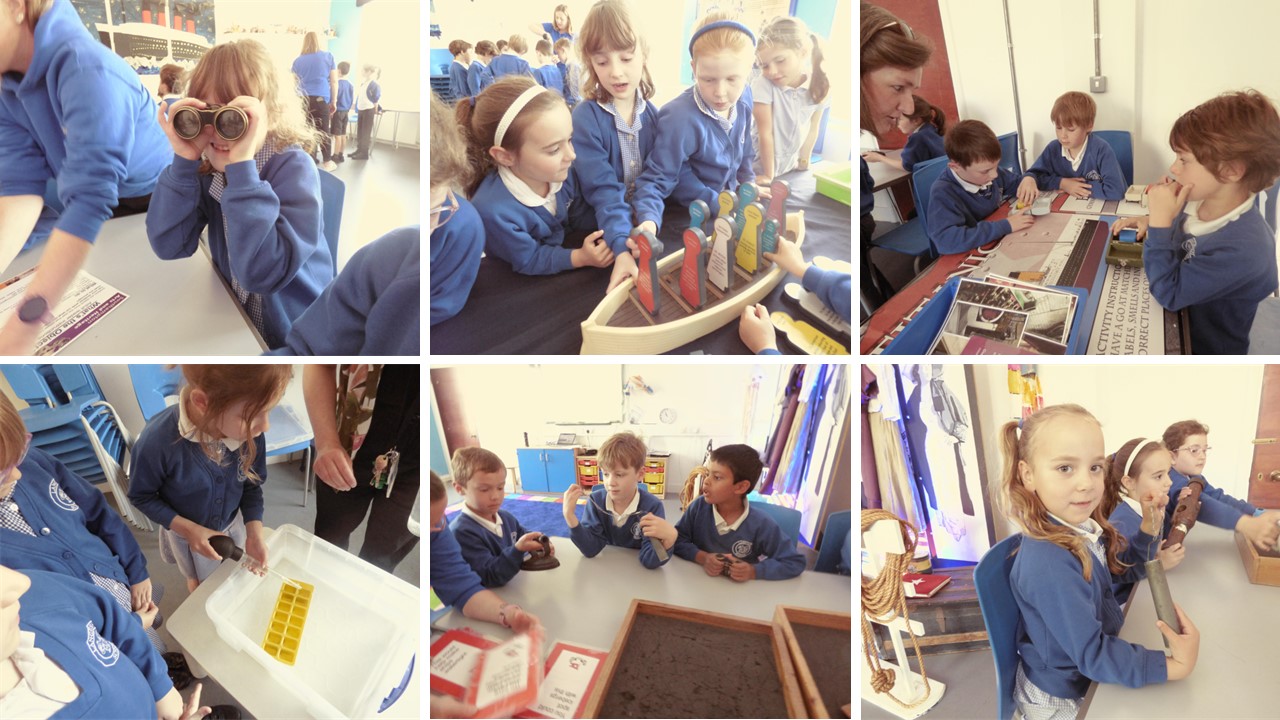

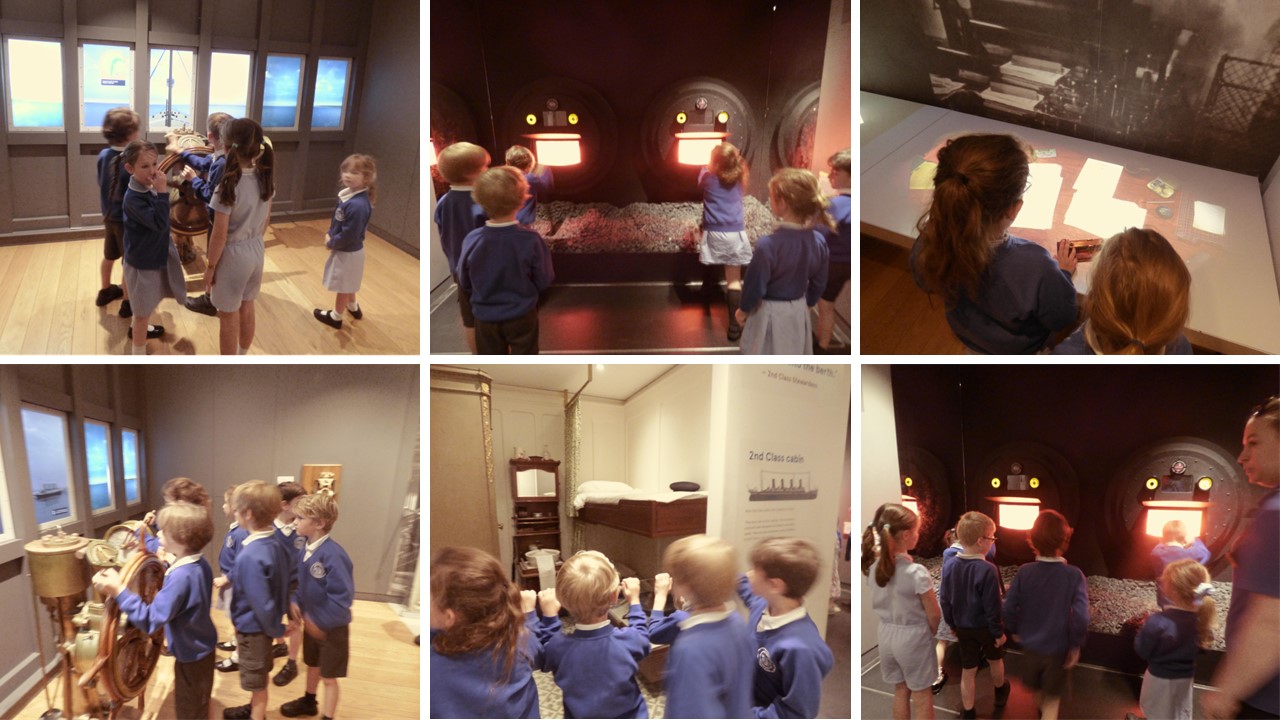
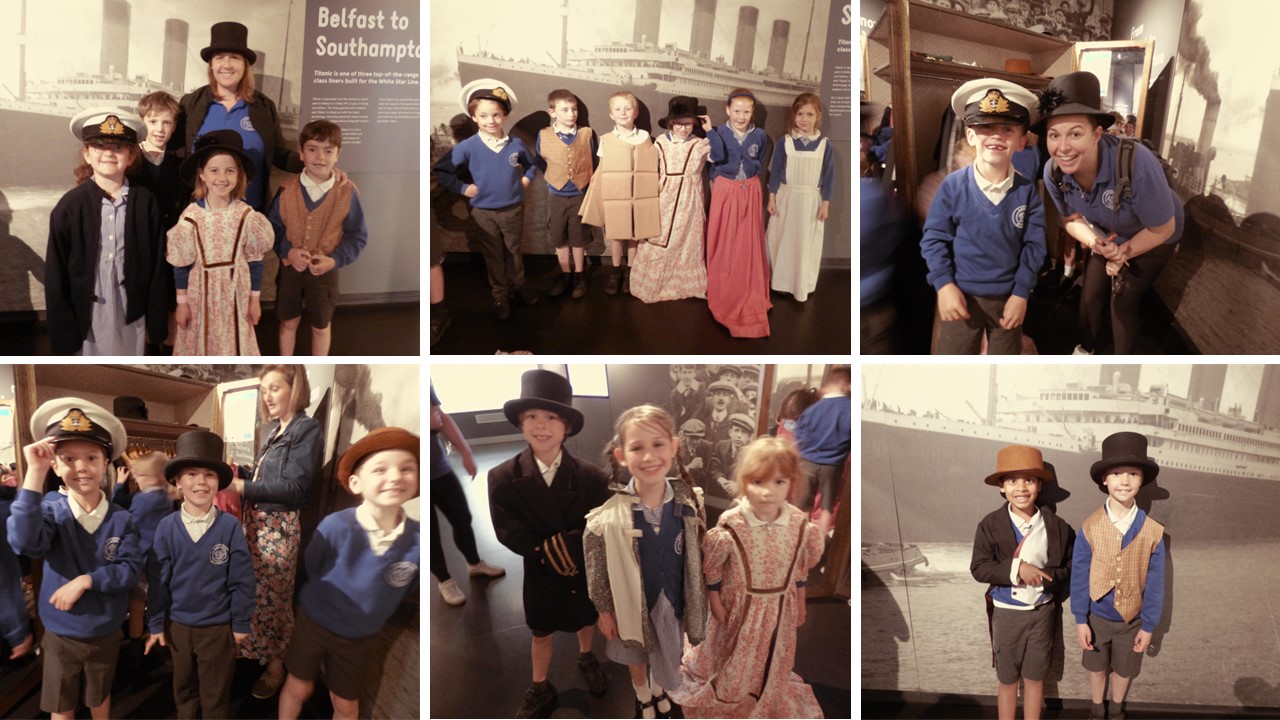
VE Day Celebrations
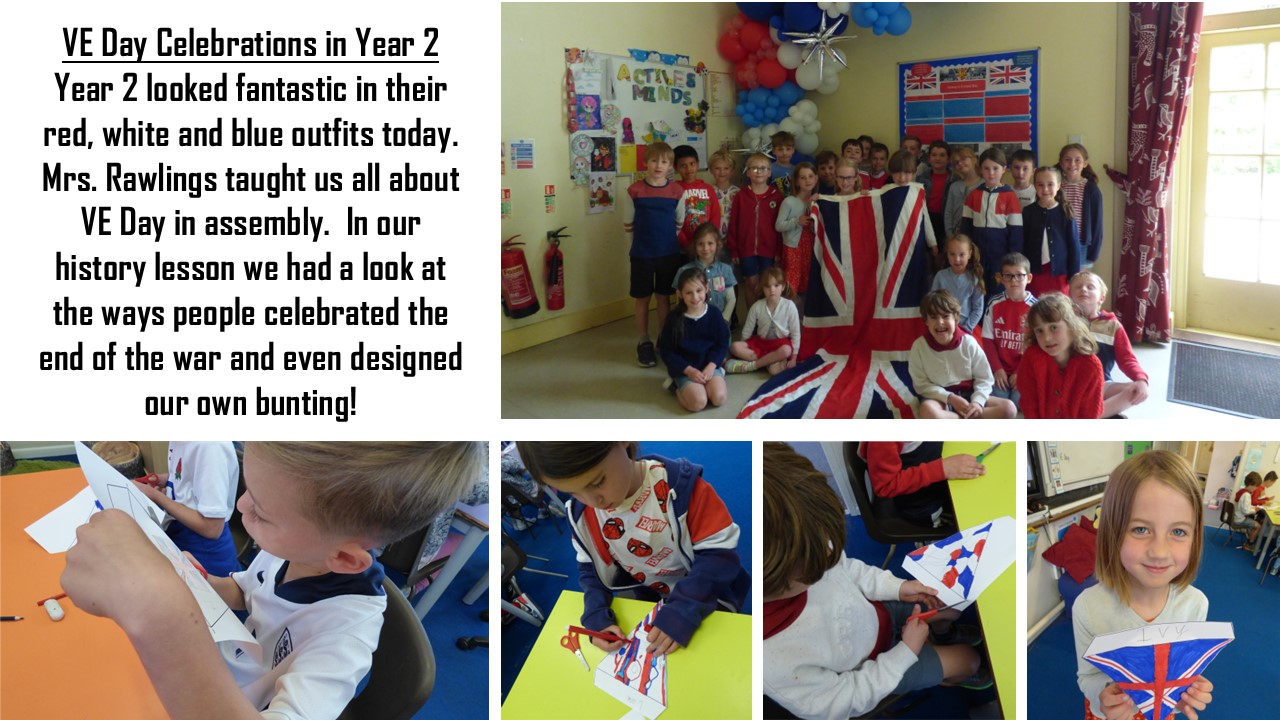
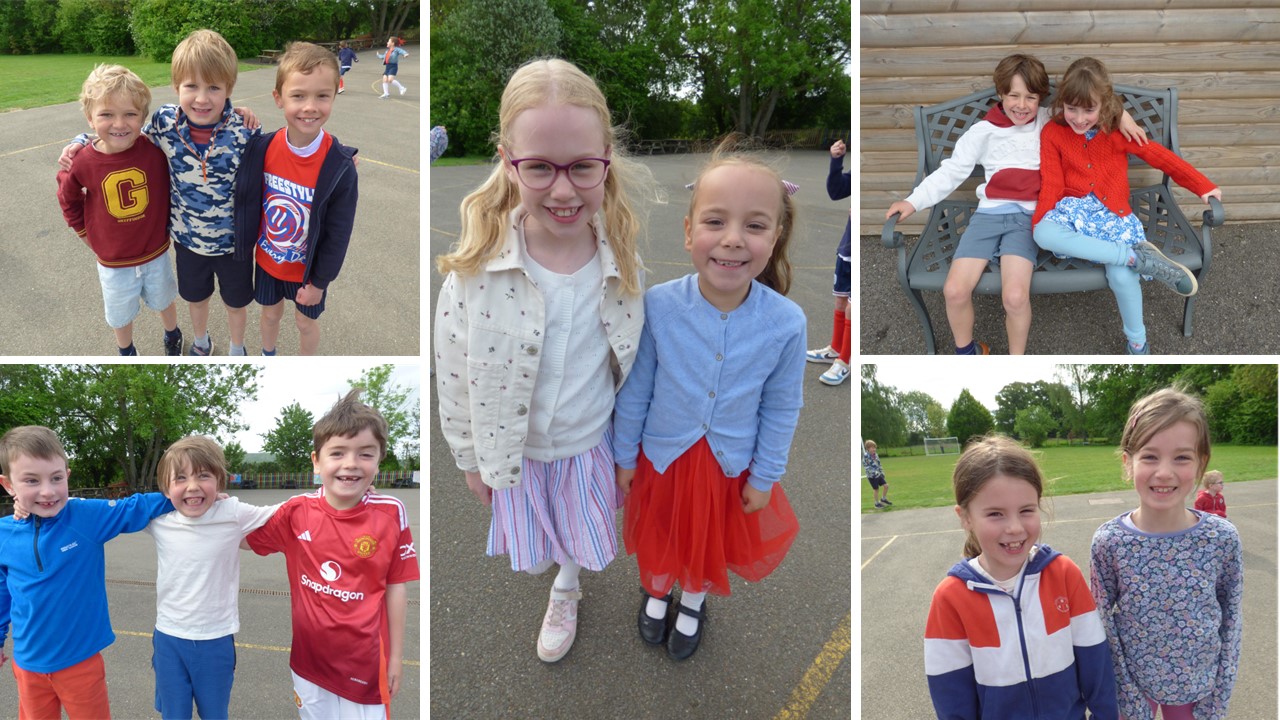
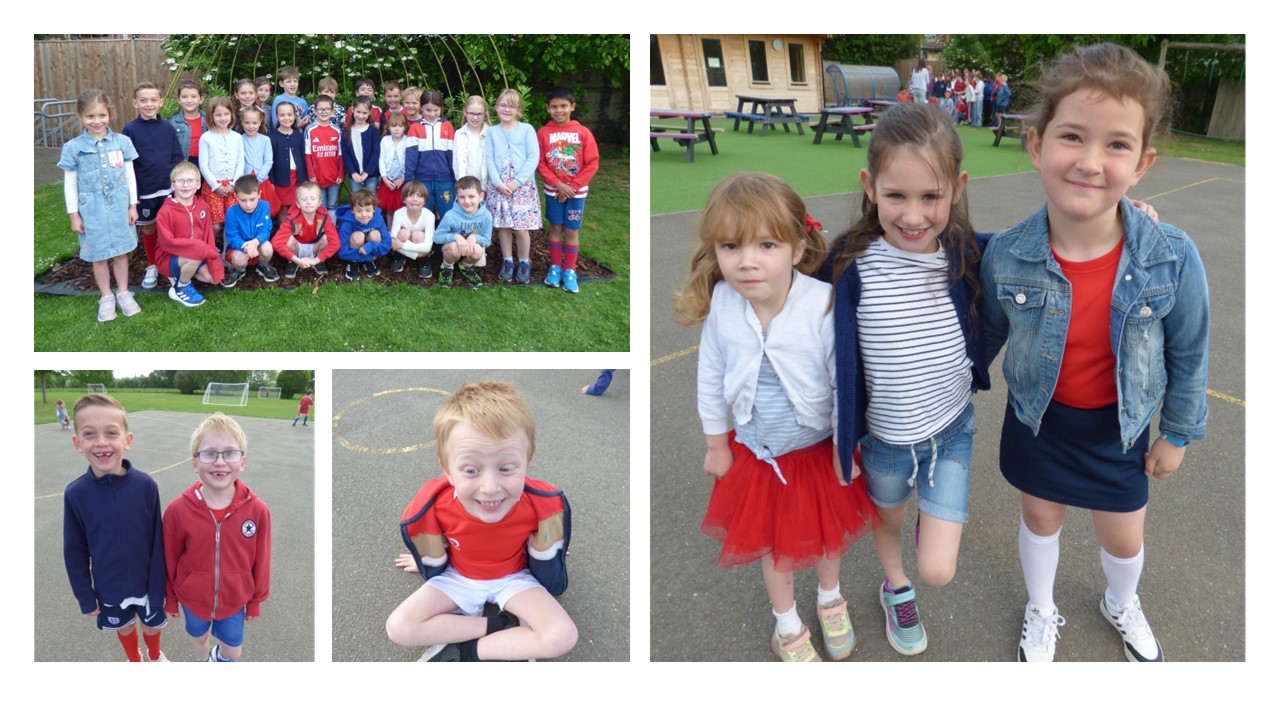
Special Food
We have been thinking about special food in our World Faith and Philosophy unit this half term. After thinking about our own special foods, we are now looking at special foods within different faiths. This week we learnt about the Christian practice of communion. We heard stories about holy communion and learnt about how the story of the Last Supper is linked to it. We used role play to explore what it would be like to receive communion and enjoyed hearing about the process from the children in our class who attend church.
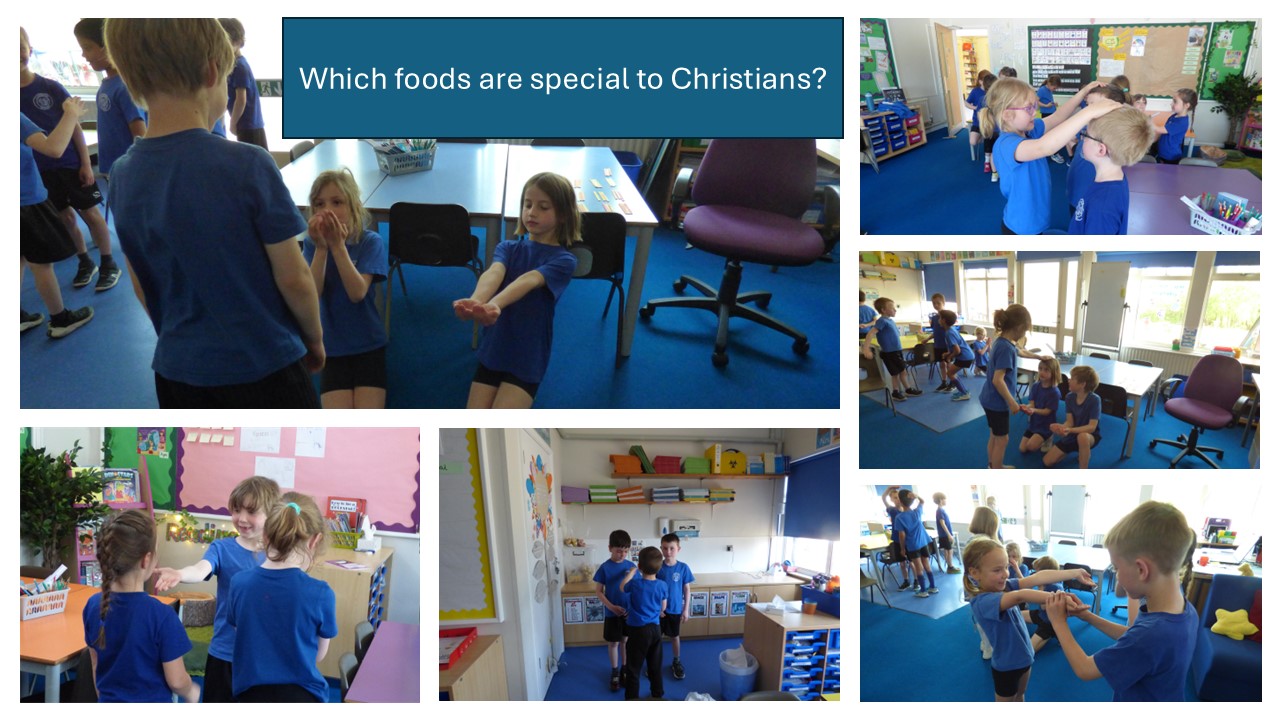
How to... represent my country - a spotlight on Simone Biles
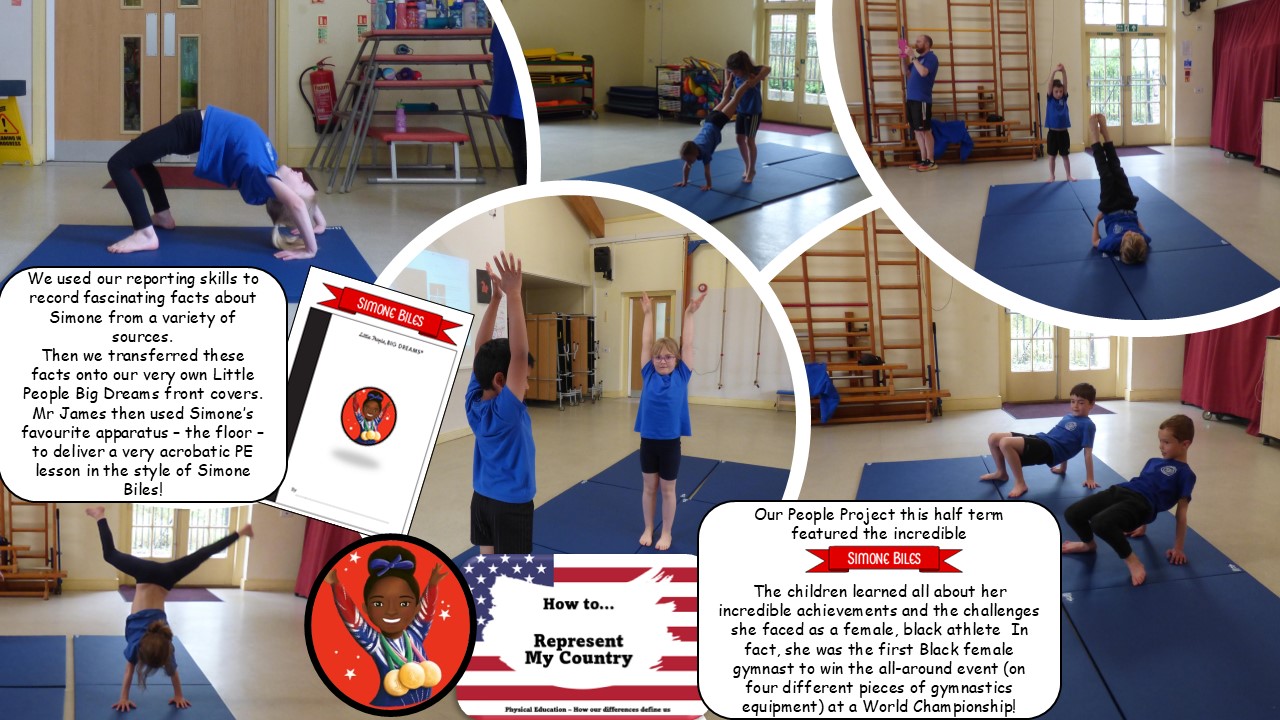
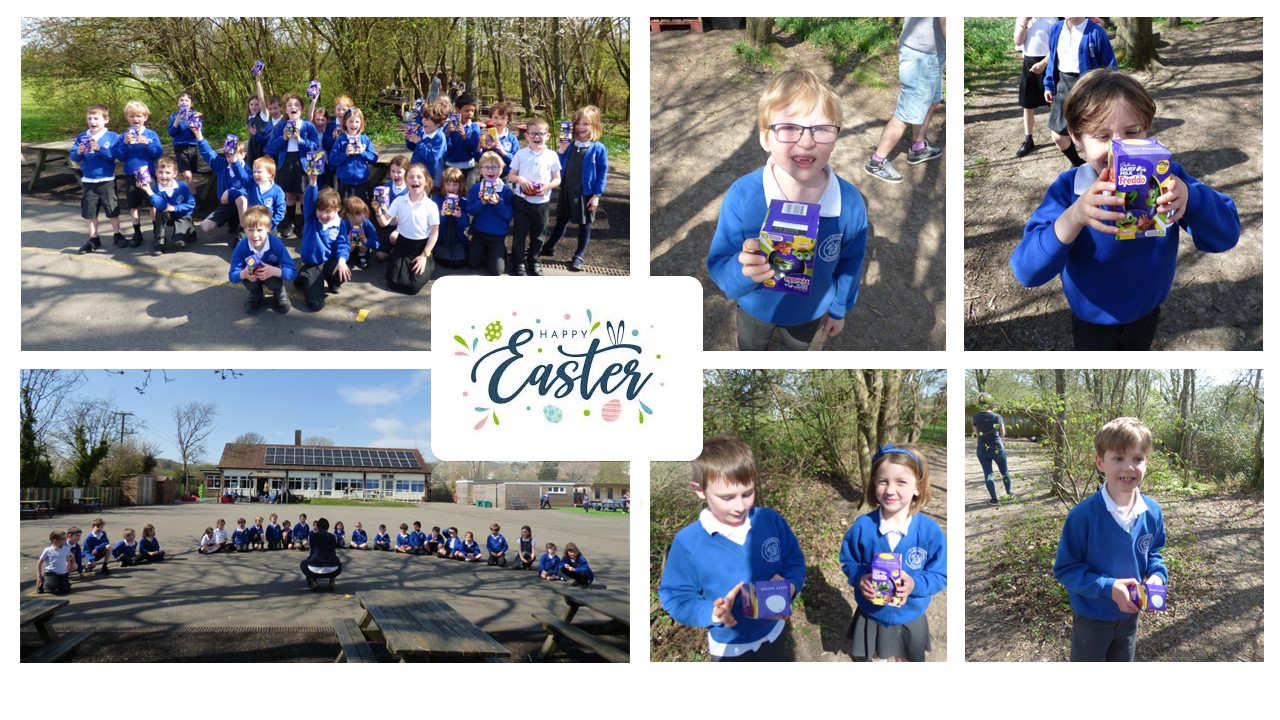
Paint me a picture...

Playing games online
Follow the link below to episodes of Jessie and Friends, which is an age-appropriate resource for teaching children about online safety. This week we watched Episode 3 - Playing Games Online.
I am the Music Man
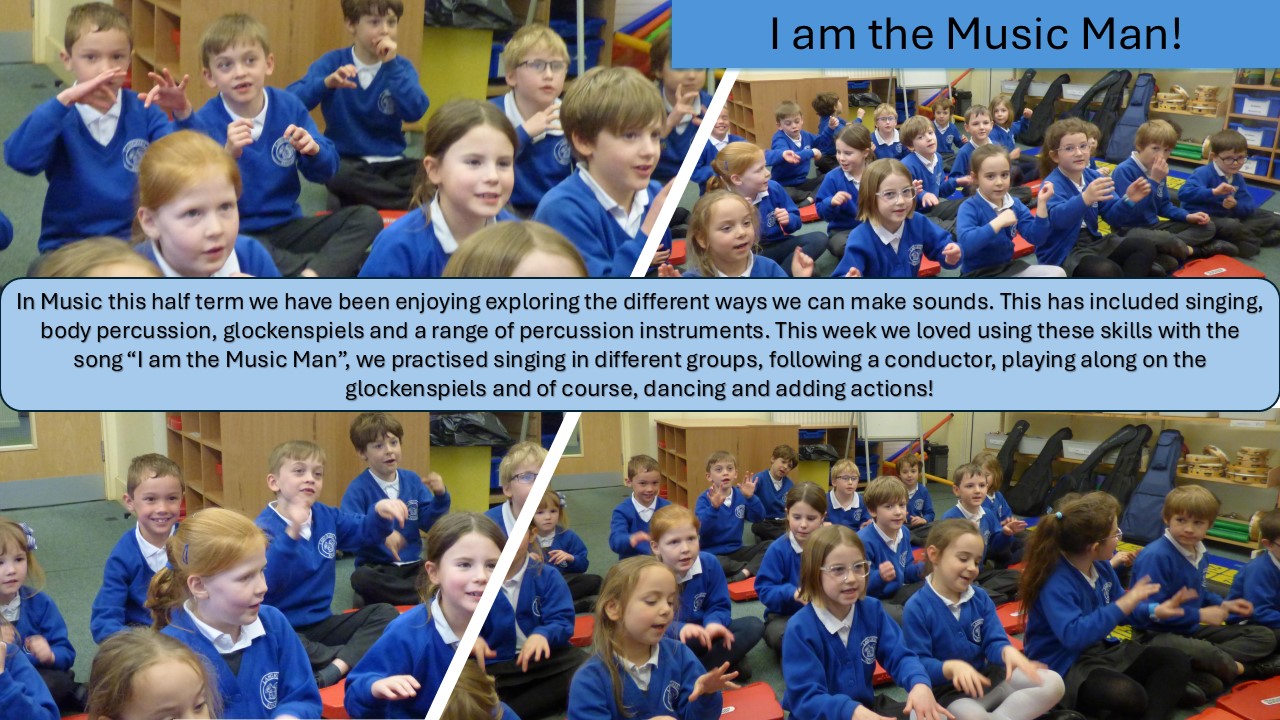
Here comes the sun
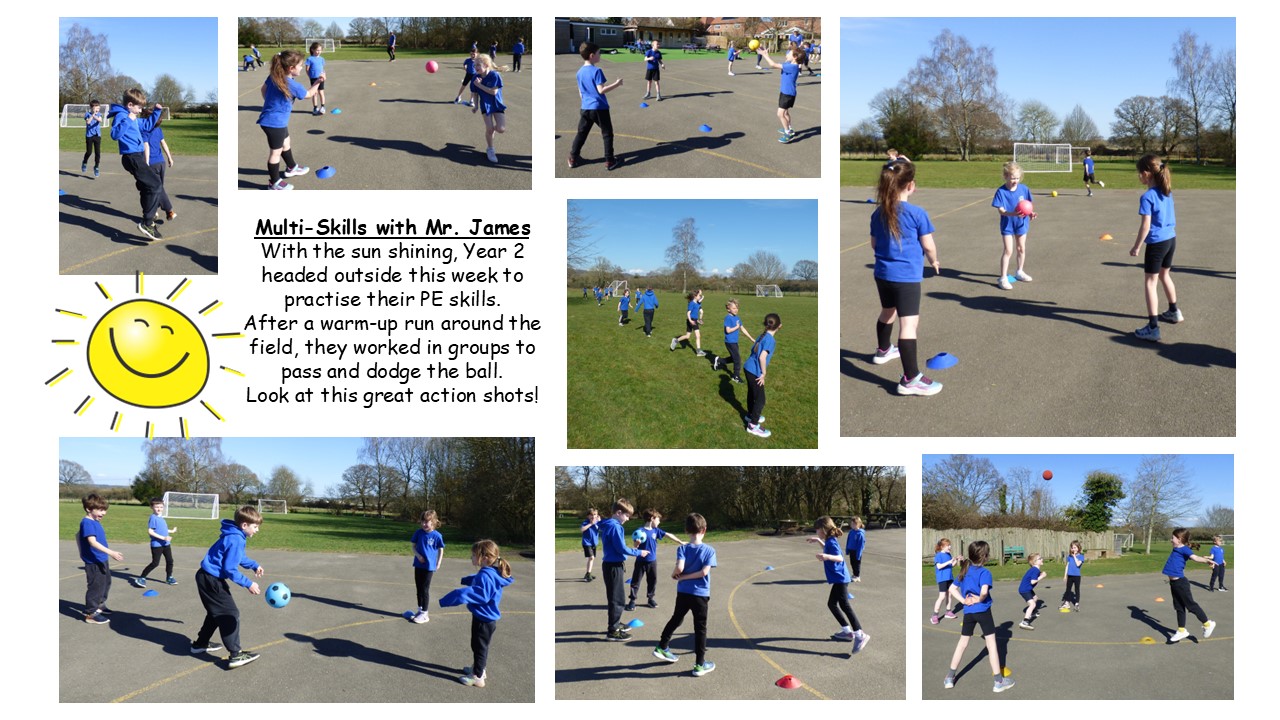
A Great Explorer
Our History topic this term is all about Explorers. This week we learnt about the great Christopher Columbus! Although, was he really that great?...
Christopher's father was a merchant trader who sent him to work on trading ships. When he was older, Christopher's great ambition was to find a quicker way to sail from Europe to Asia by sailing west across the Atlantic Ocean. Looking at a world map, we realised that if he sailed west, he would arrive at the Americas, not Asia as he had predicted. The children drew pictures of the moment when Christopher Columbus discovered this 'New World', thinking about how he showered the native people with gifts when he arrived, but how he then turned many of them into slaves and took their gold.
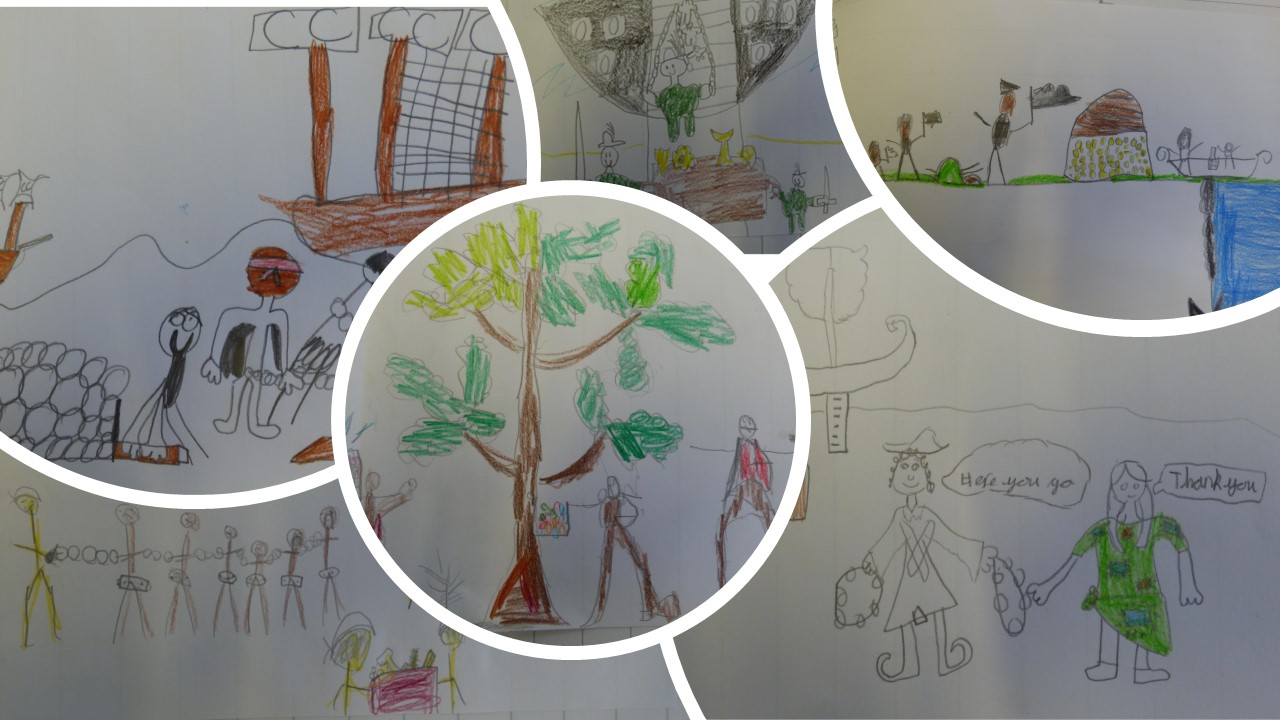
World Book Day 2025
What a fantastic day we have had celebrating all things books! The children's costumes were amazing and really helped them get into character. We have interviewed our characters, created a Top Trump Card and battled it out to see who is our Character Champion of Champions! We have also been designing a hat for our characters and crafting our hearts out to bring them to life!
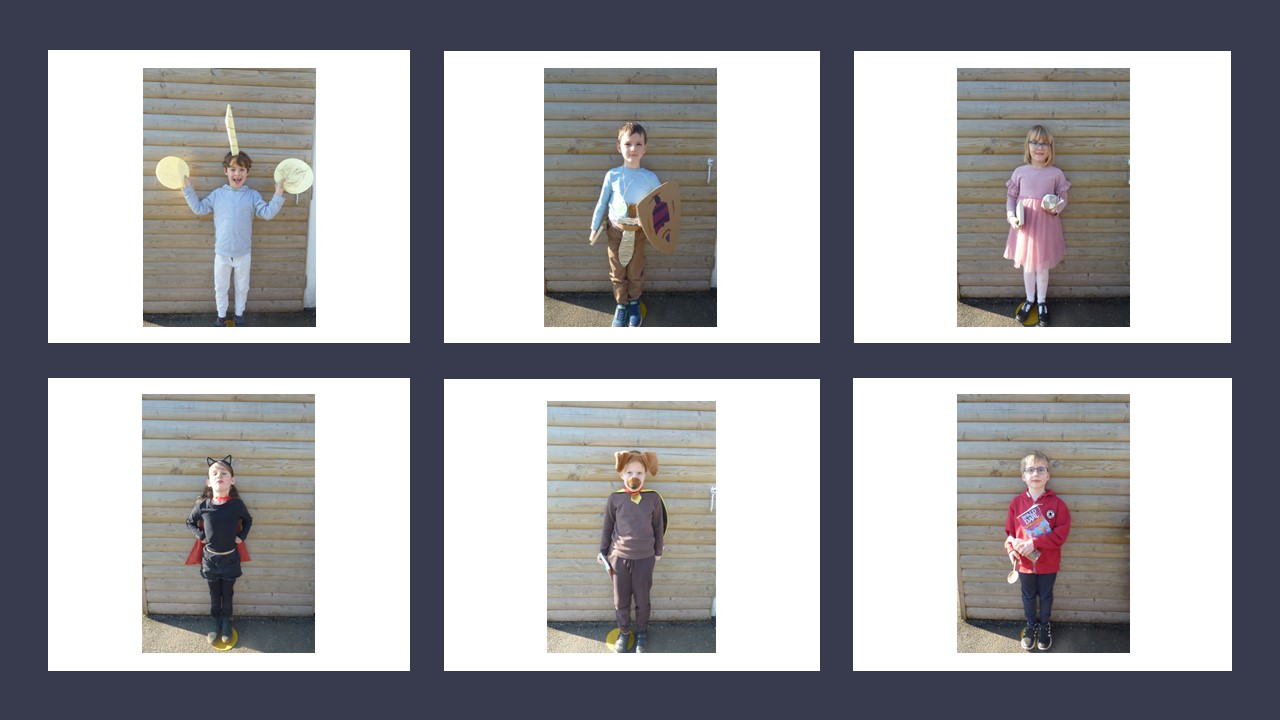
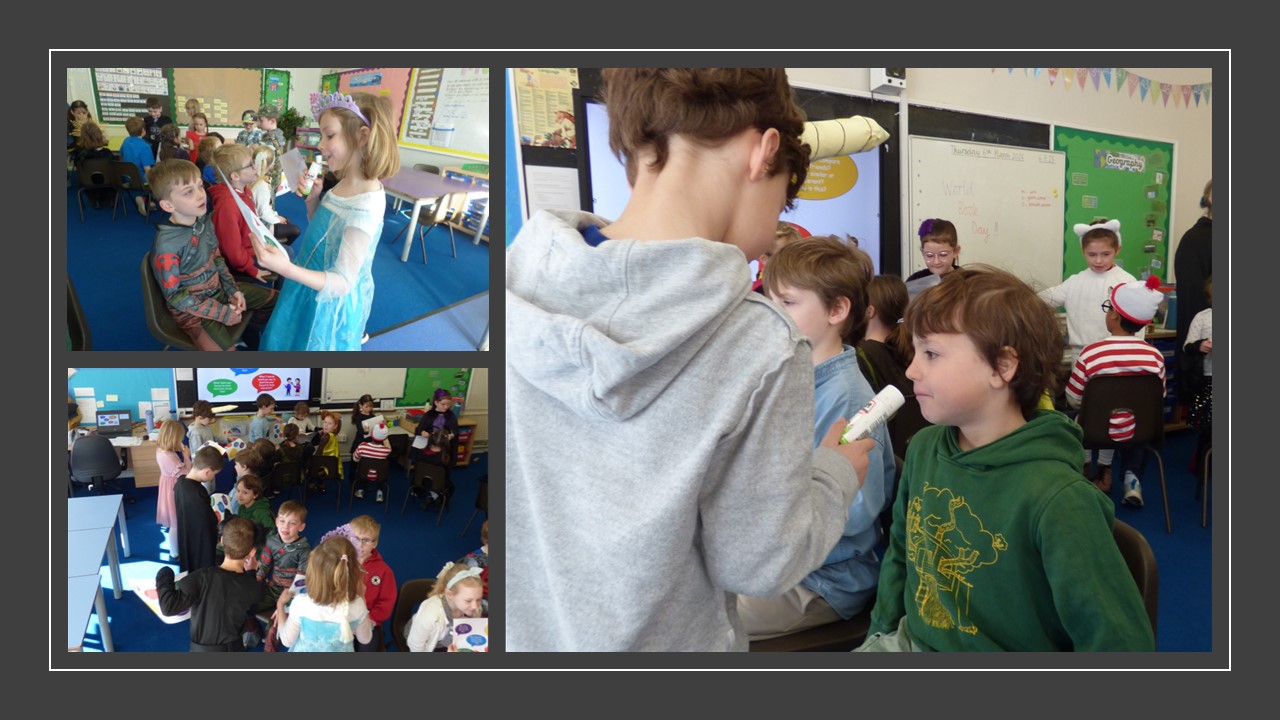
How to win a scientific prize!
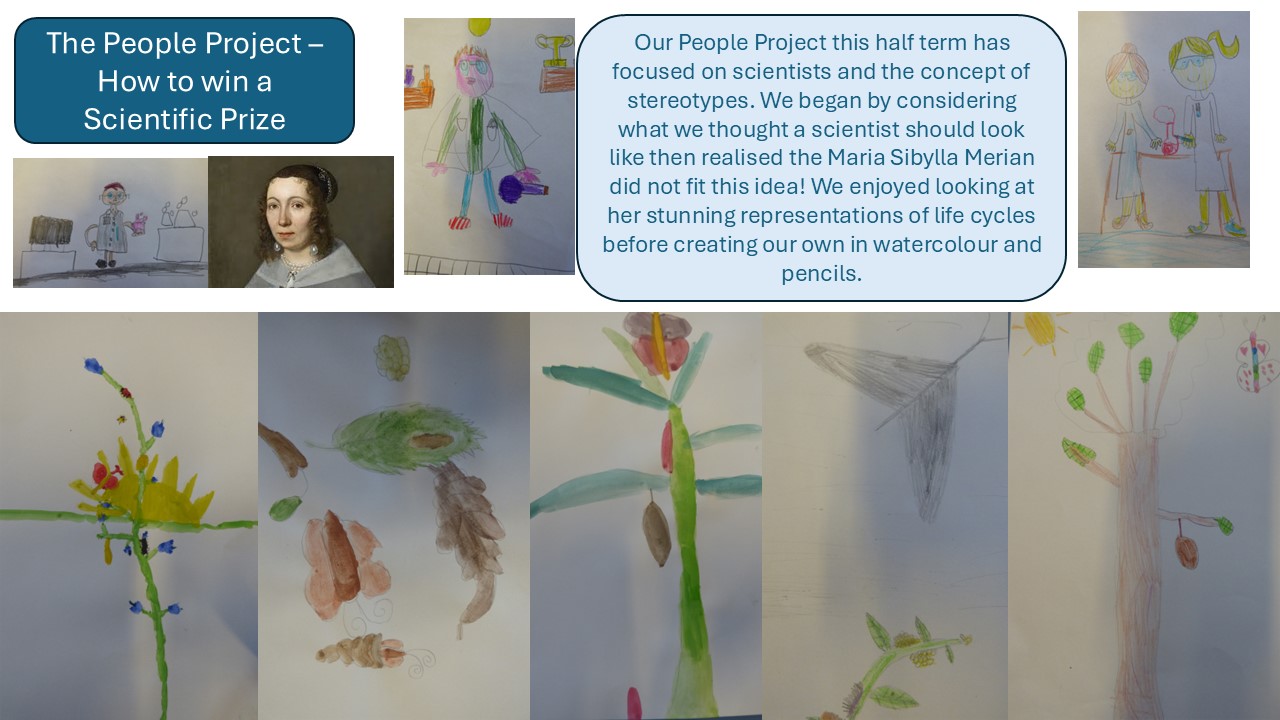
How long is it?
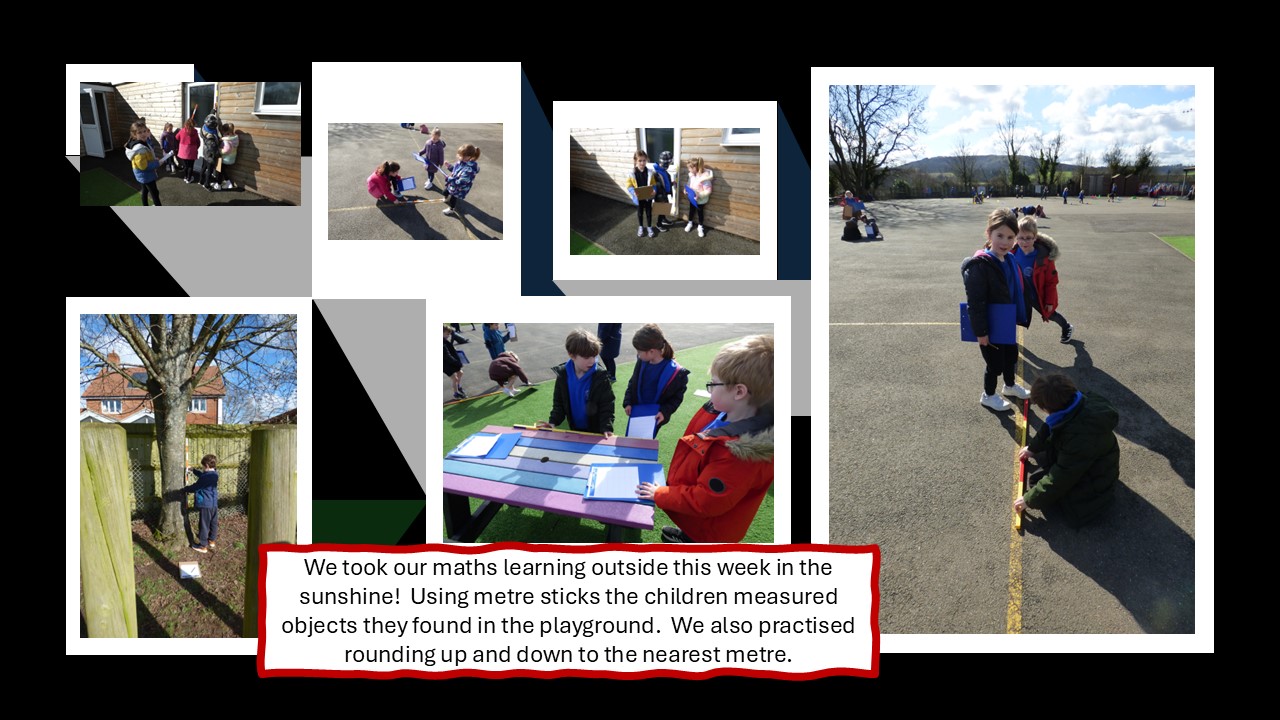
The Story of Prahlad
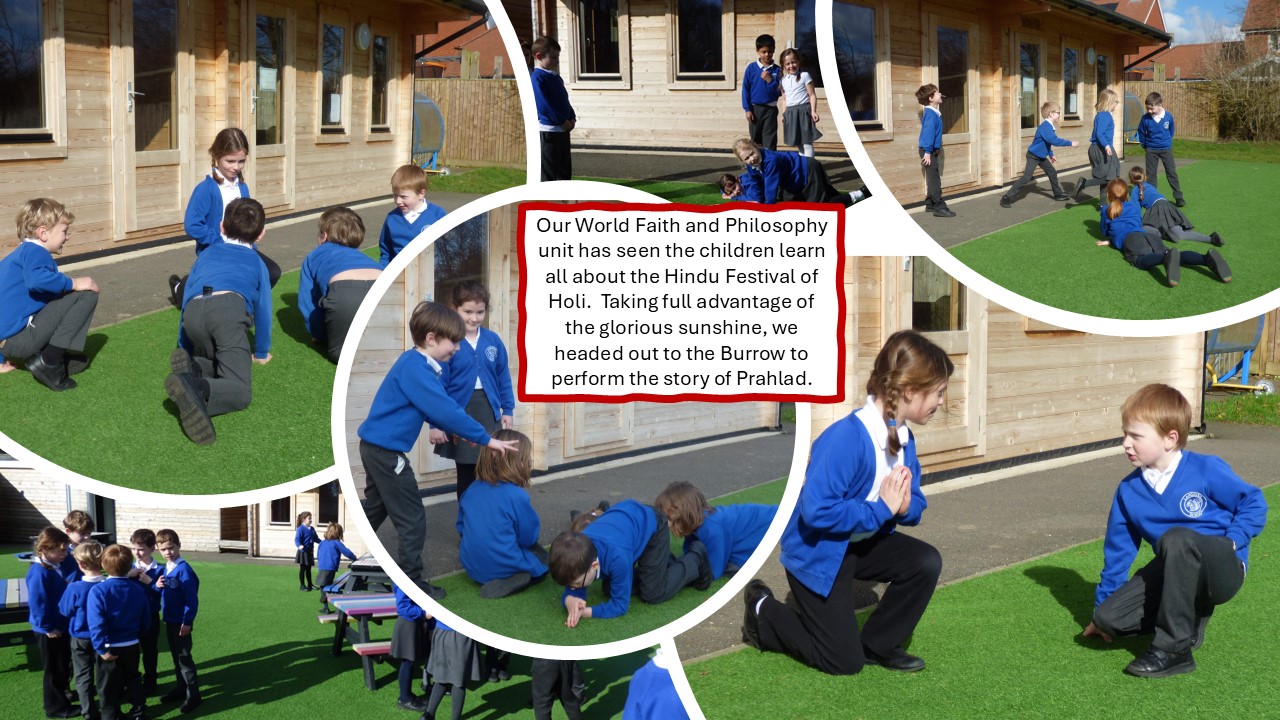
Twitchers
This week we enjoyed taking part in the RSPB Big Bird Watch. We took time to see which birds visited our school grounds, using our science skills to record the data in a table. We used different classification cards to help us identify the birds and binoculars to see them more clearly. Our favourite bird was the wagtail with its bouncy tail!
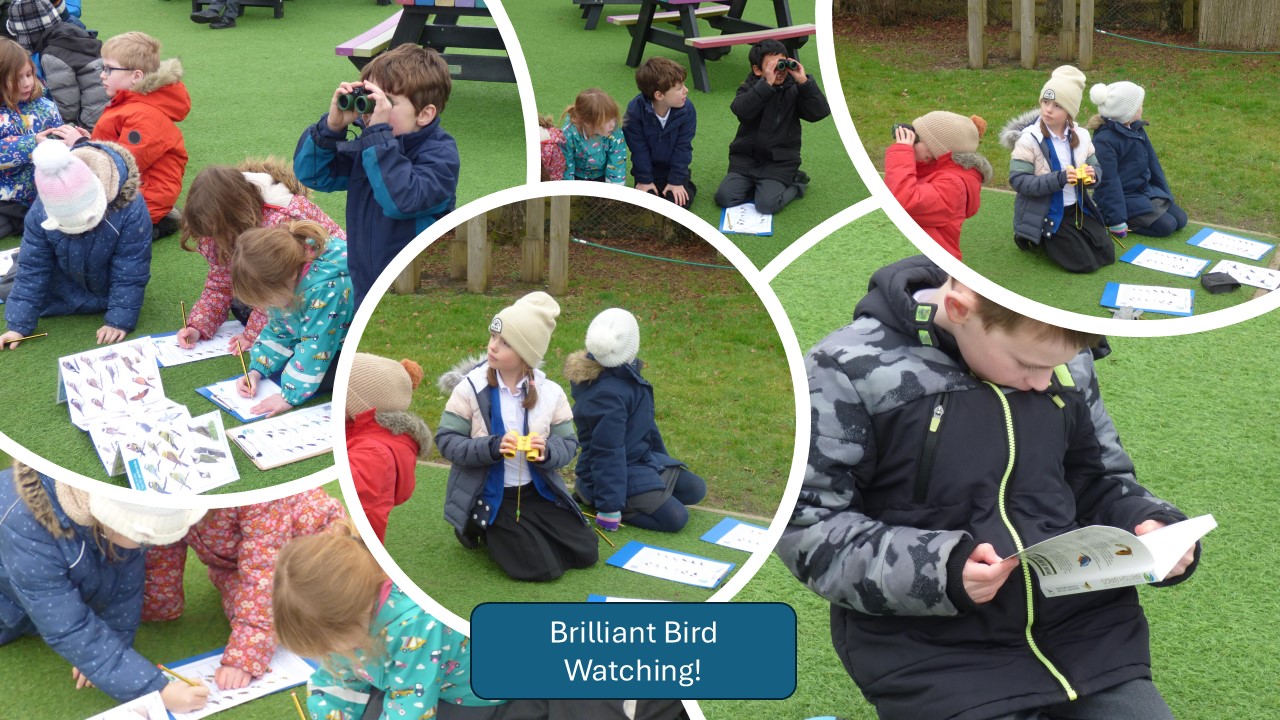
Where in the world...
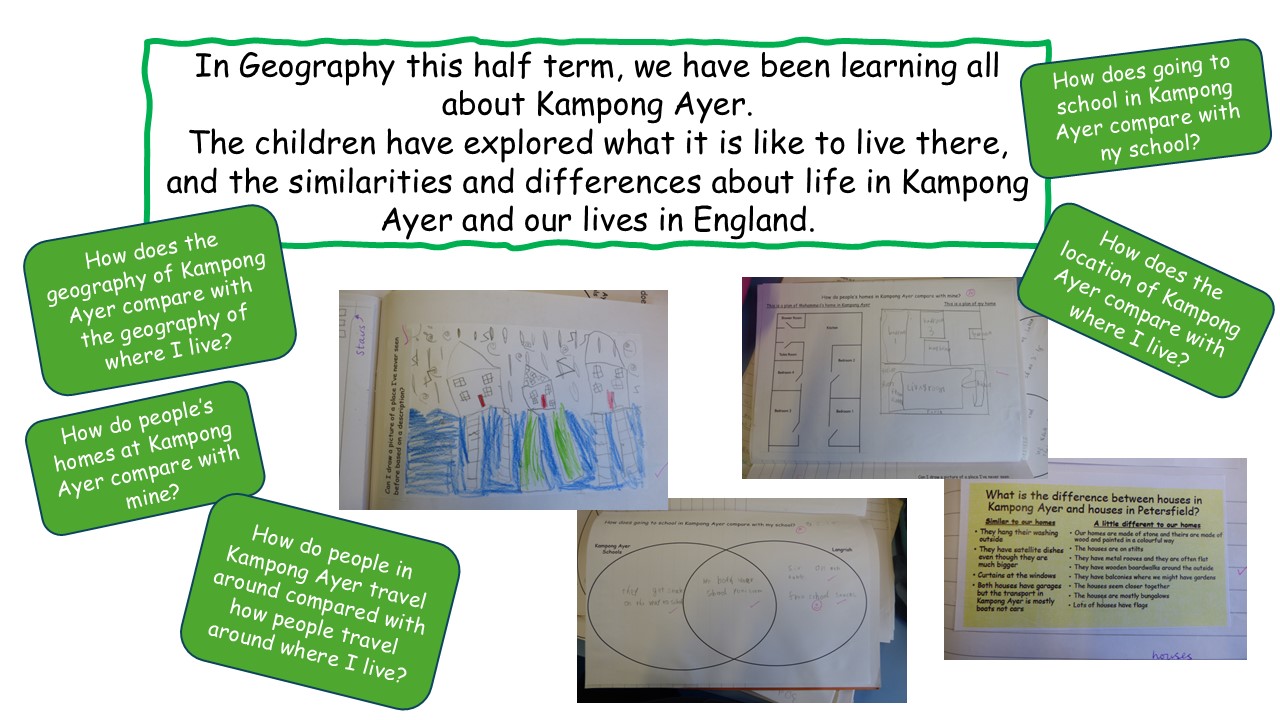
Science - slipping and sliding!
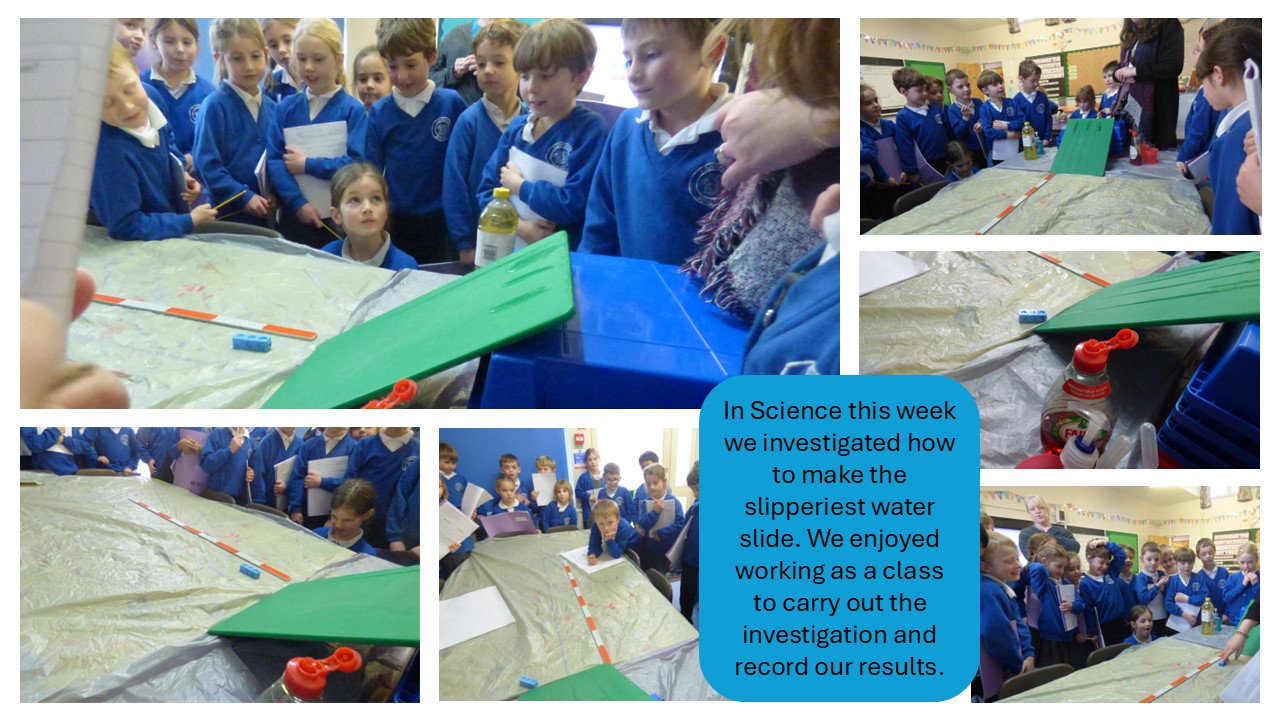
PE body shapes and core strength on the apparatus
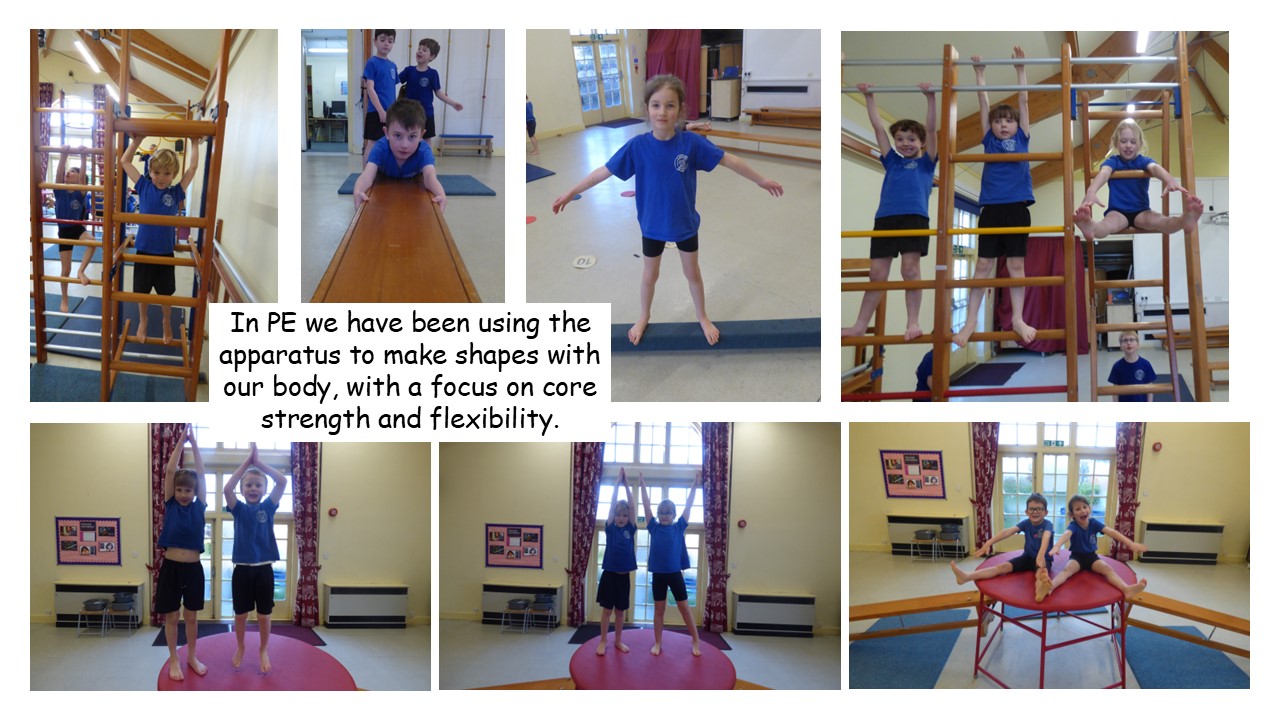
Kind hearts, kind words, kind thoughts
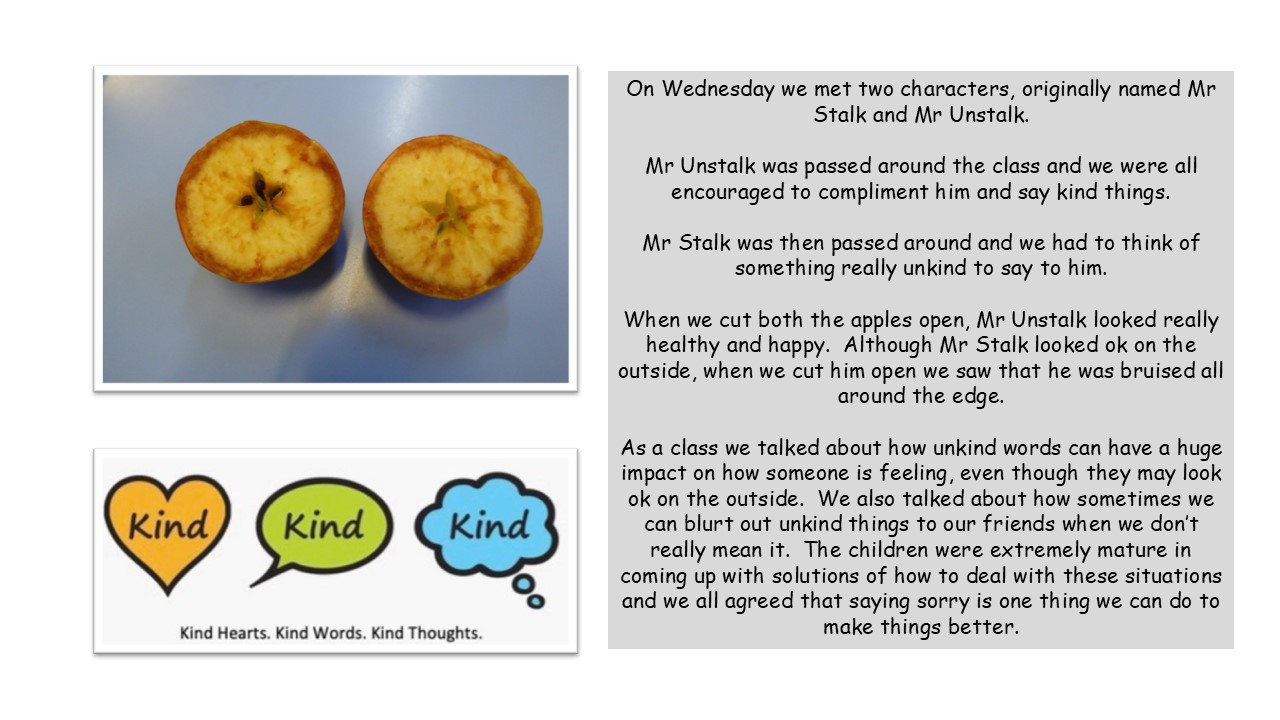
Stop, Wait, Walk - a visit from the British Transport Police
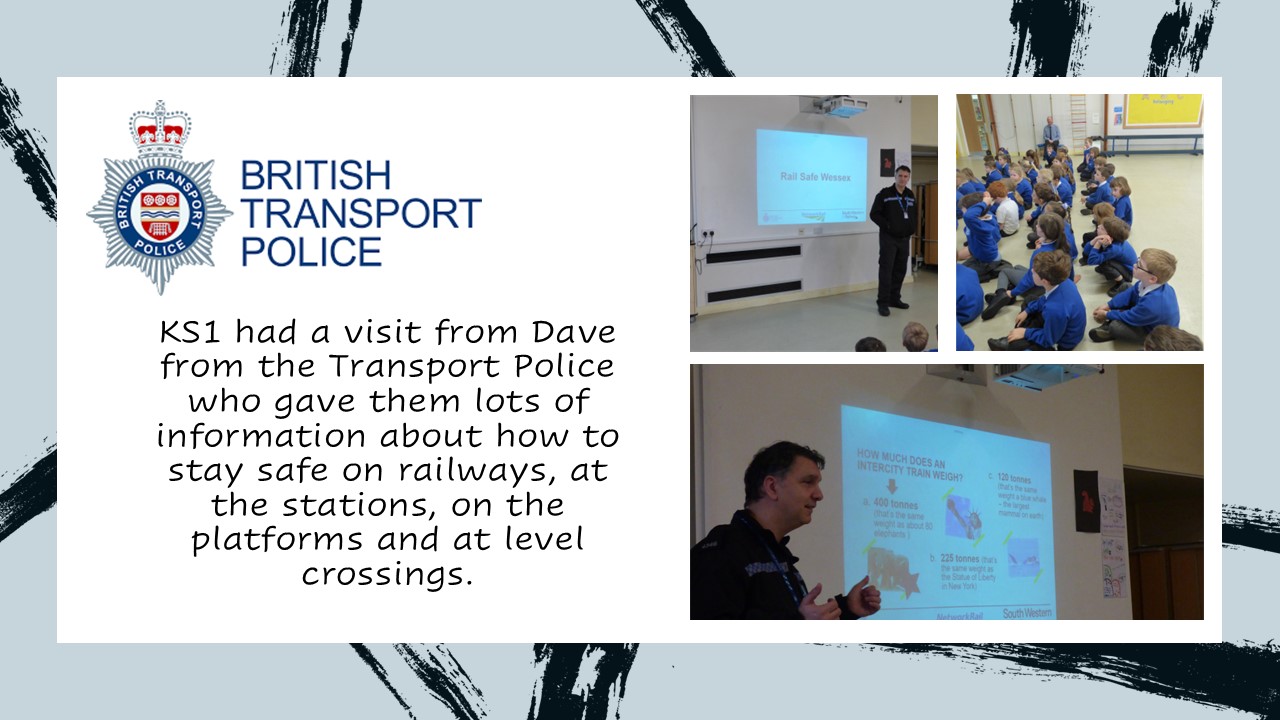
How to be a Rockstar!
Today we learned how to be a rockstar by looking at the life of Elton John! Did you know he started playing the piano by ear when he was just 3 years old?
He also helped to write the music for the film ‘The Lion King’. As a class we watched a clip of ‘Hakuna Matata’ and used this motto of ‘no worries’ to write some advice for children who were in tricky situations. Year 2 were amazing at thinking of ways to support those in need and how to make things all ok again.
We also designed our own pair of Elton John glasses in celebration of his dazzling outfits and of our uniqueness!
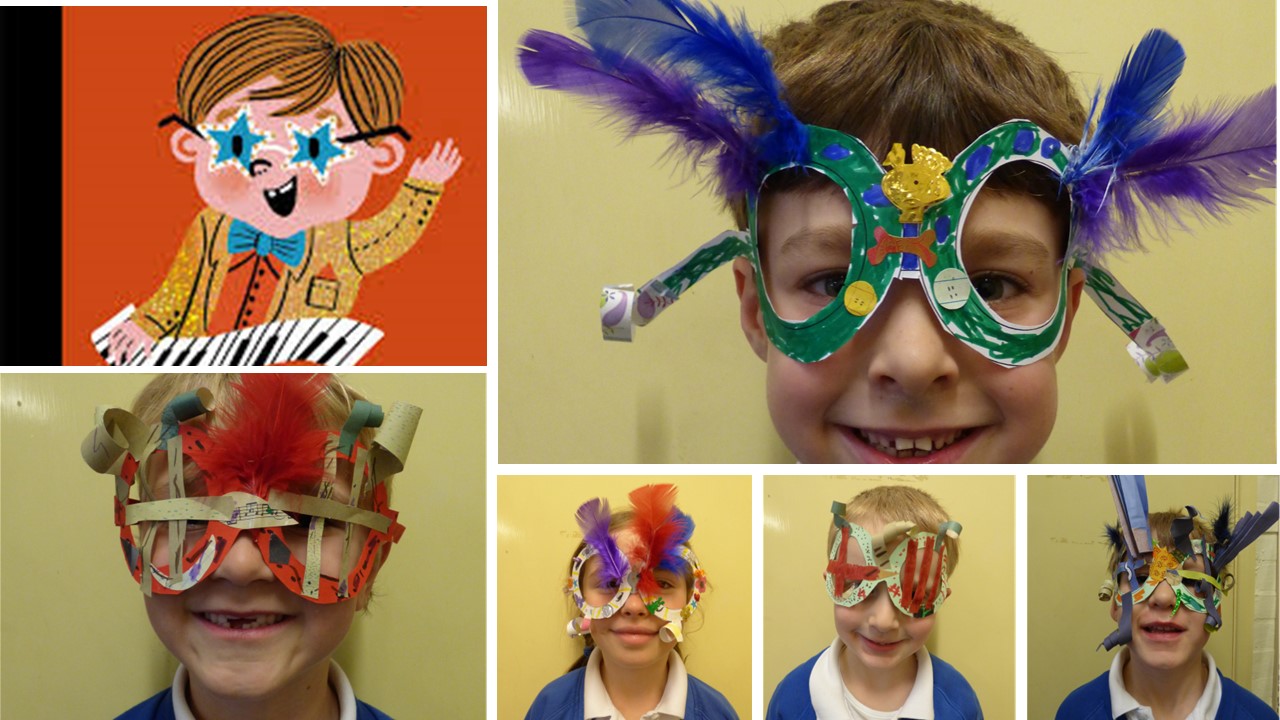
Christmas Activities
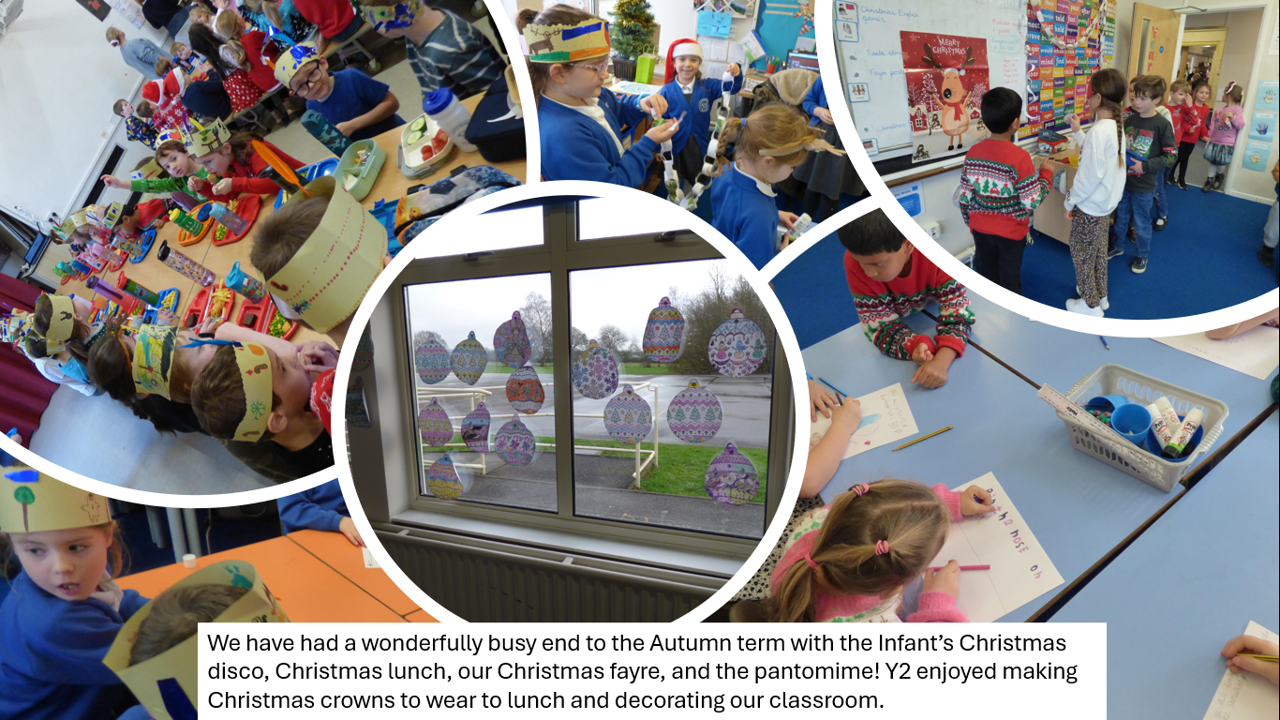
Nativity
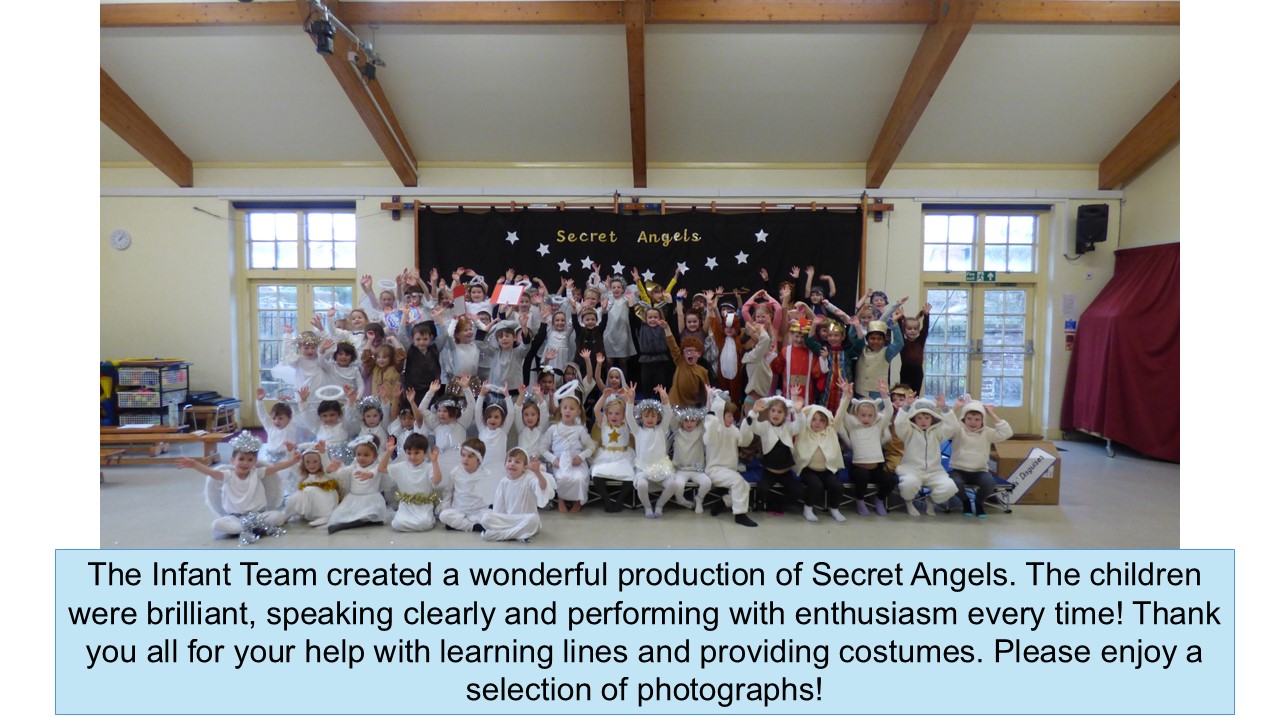
6th December
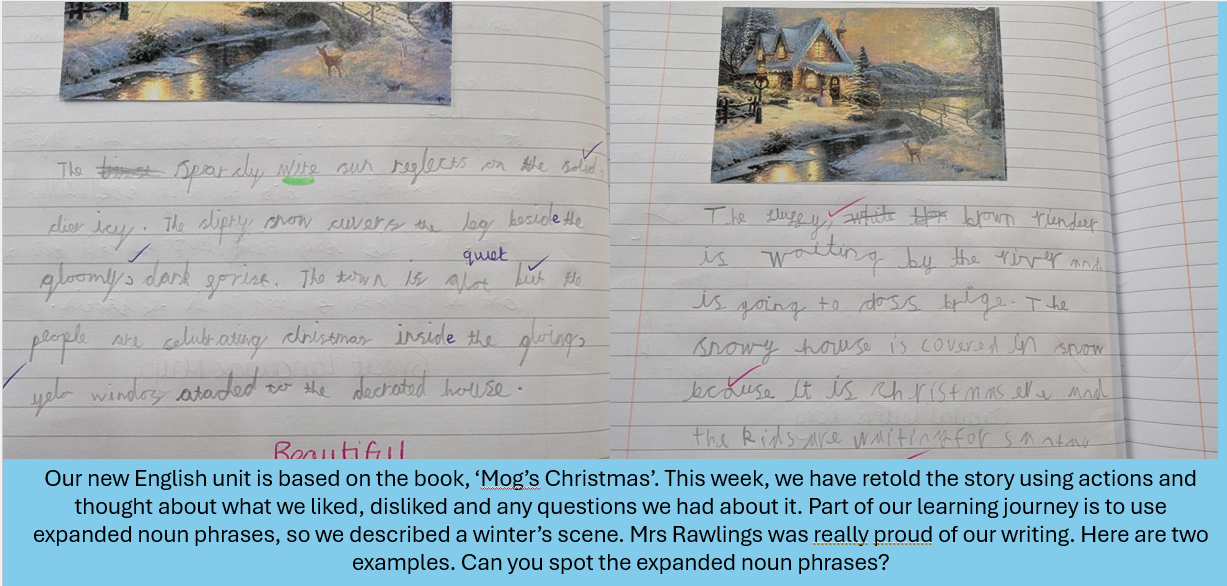
When someone is feeling left out
In PHSE this week we have been thinking about how it feels to be part of a group, and how it feels to be left out. We all experience both of these things at different times and the children showed great empathy when discussing what we could do if someone is feeling lonely or upset. They each made a puzzle piece with a suggestion for how we could help others to be included, which we then put together to create a class jigsaw.
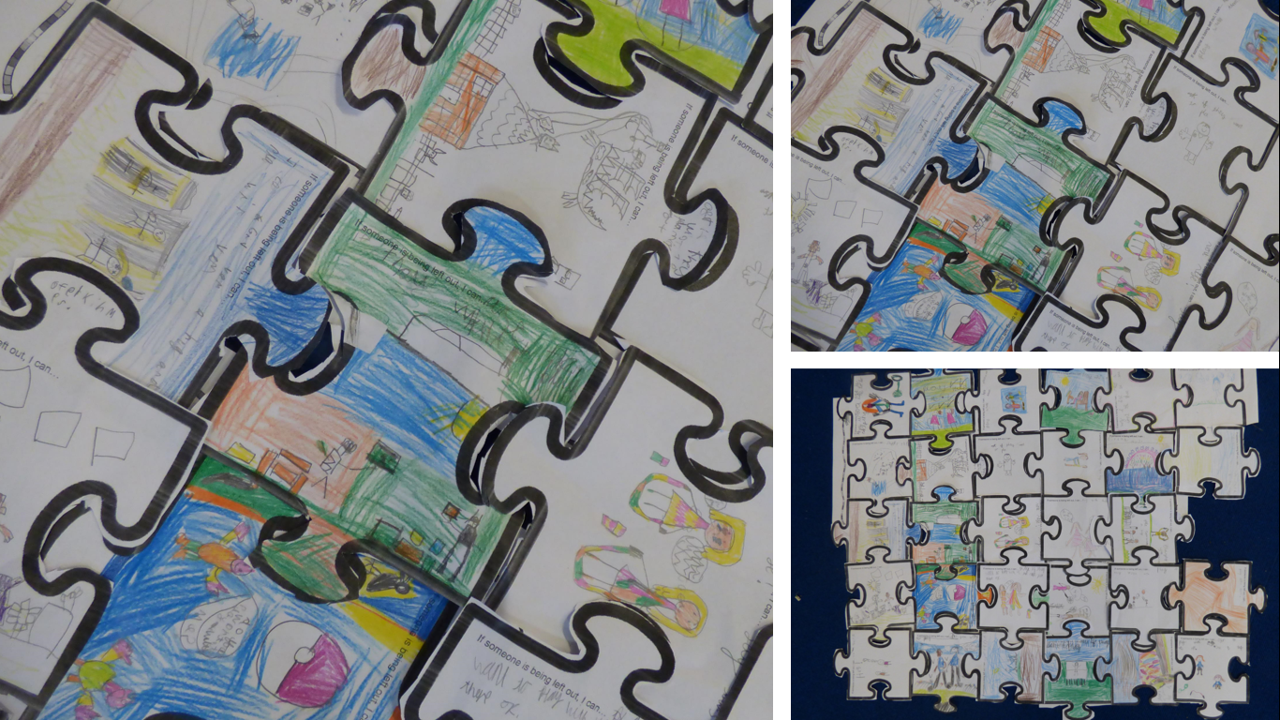
Algorithms
In Computing this half term we are learning about algorithms. An algorithm is a set of detailed instructions that has to be followed in an exact order. On a computer, an algorithm is called a code, or computer program. We have been learning how to create algorithms on Purple Mash to fly planes and turn princesses into monkeys!
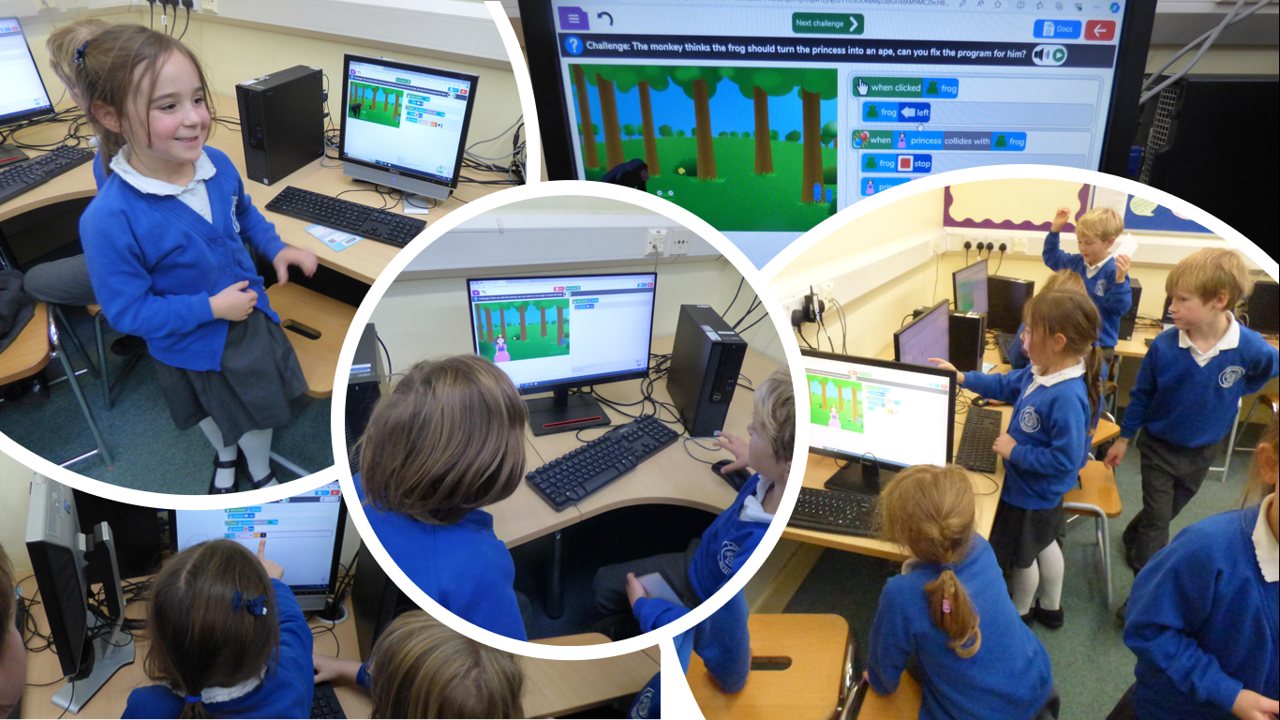
Change and Continuity
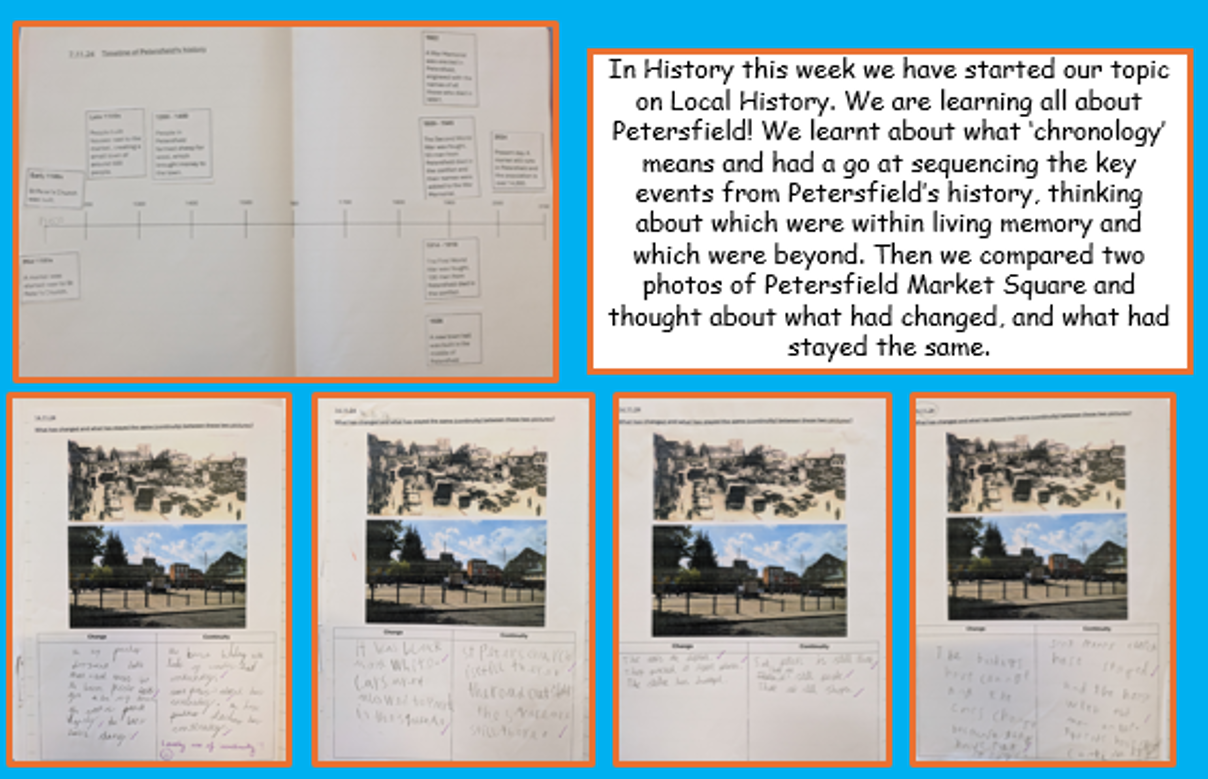
Materials
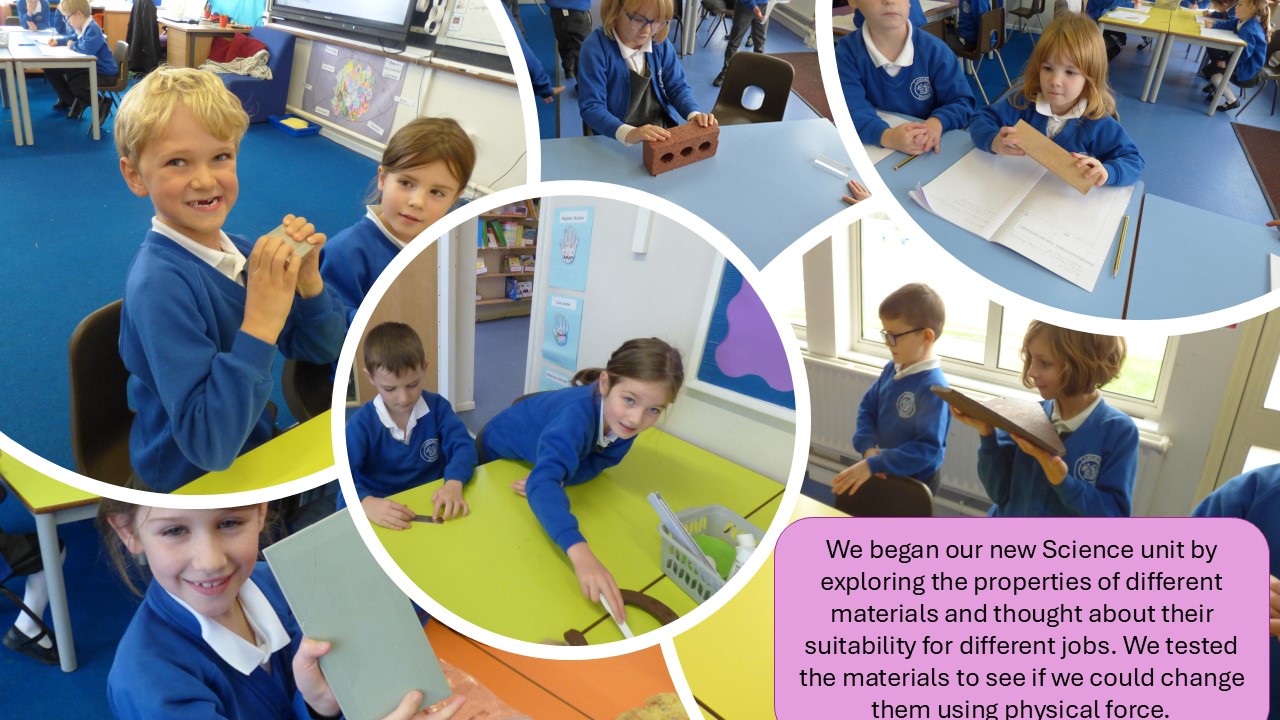
Halloween Yoga
In PE this week we rounded off our half-term with some Halloween Yoga! The children used many of the shapes that they've been learning in Gymnastics over the last few weeks.
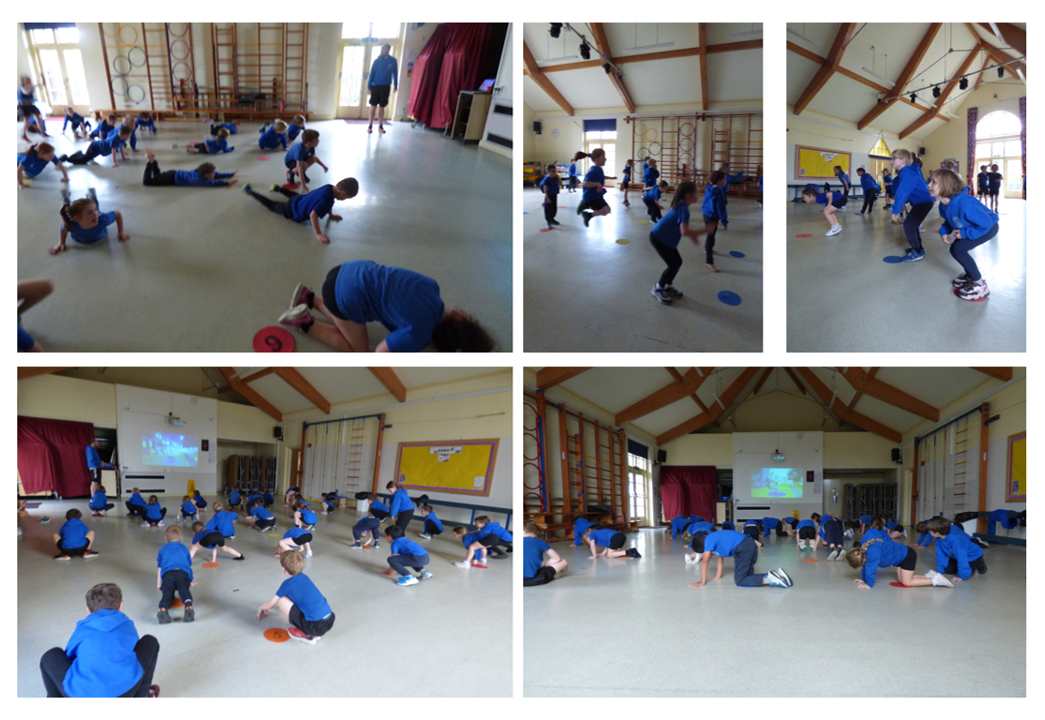
Making sandwiches!
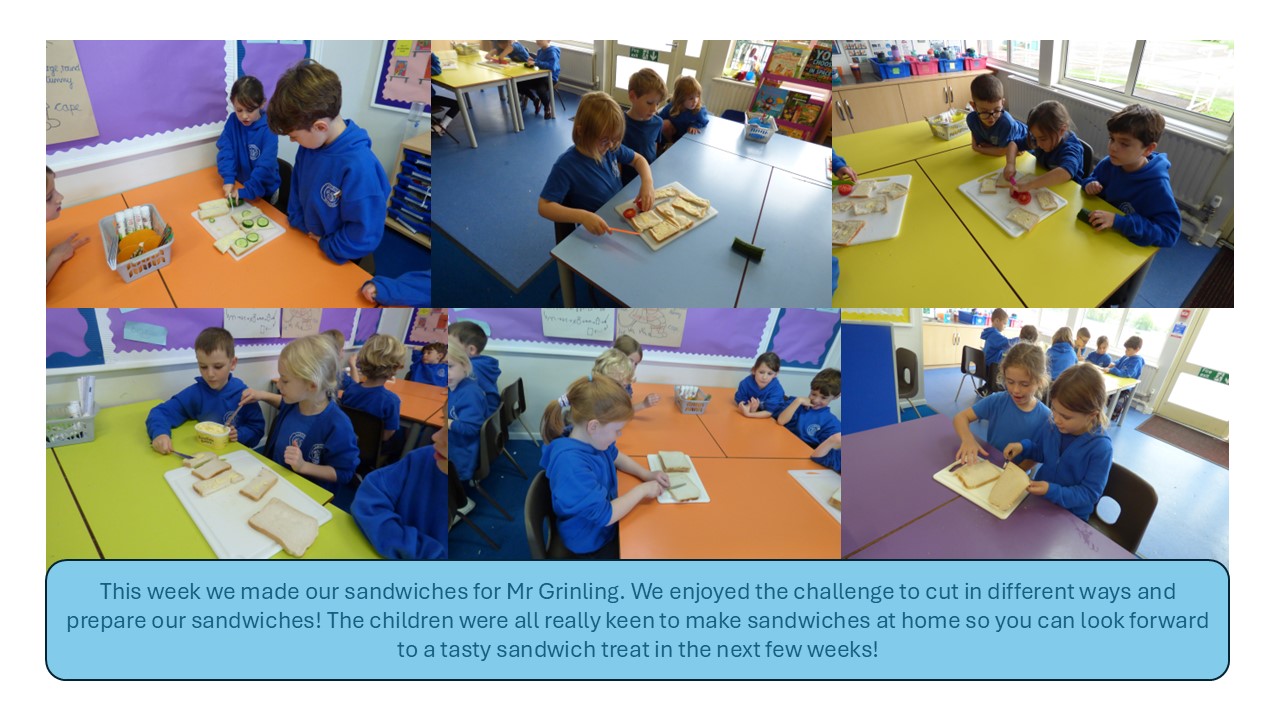
Cutting in DT
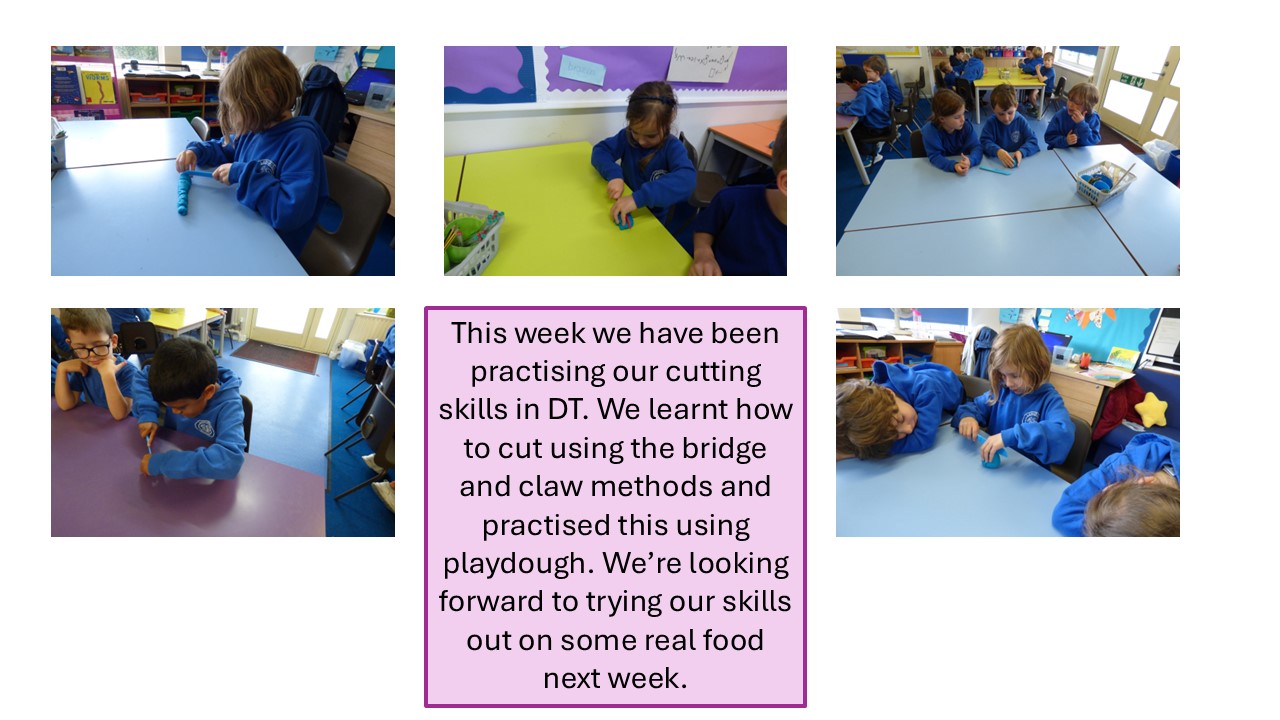
Flip Flap Pets
We have been studying the story of Flip Flap pets in English over the past 2 weeks and have really enjoyed all the crazy combinations that we could come up with! To finish our unit, we have been designing our own pets and writing descriptions of them using expanded noun phrases, verbs, and adverbs to add depth to our writing. We even had a go at editing our own work, checking for capital letters, word usage, punctuation, and spelling.
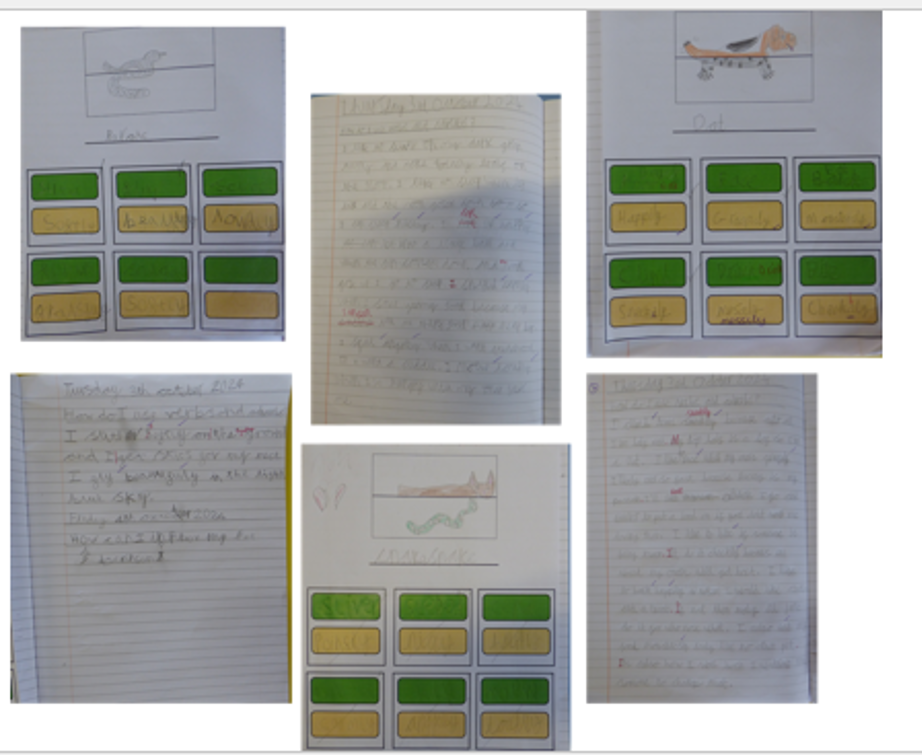
Where does our food come from?
In Geography this week we have been thinking about bananas! We learnt that they need lots of sunshine, water, and heat in order to grow. We then used a climate map to find where in the world might be a good place for banana plantations and mapped the data to compare the climate in the UK and Costa Rica to check which country would grow the best bananas.
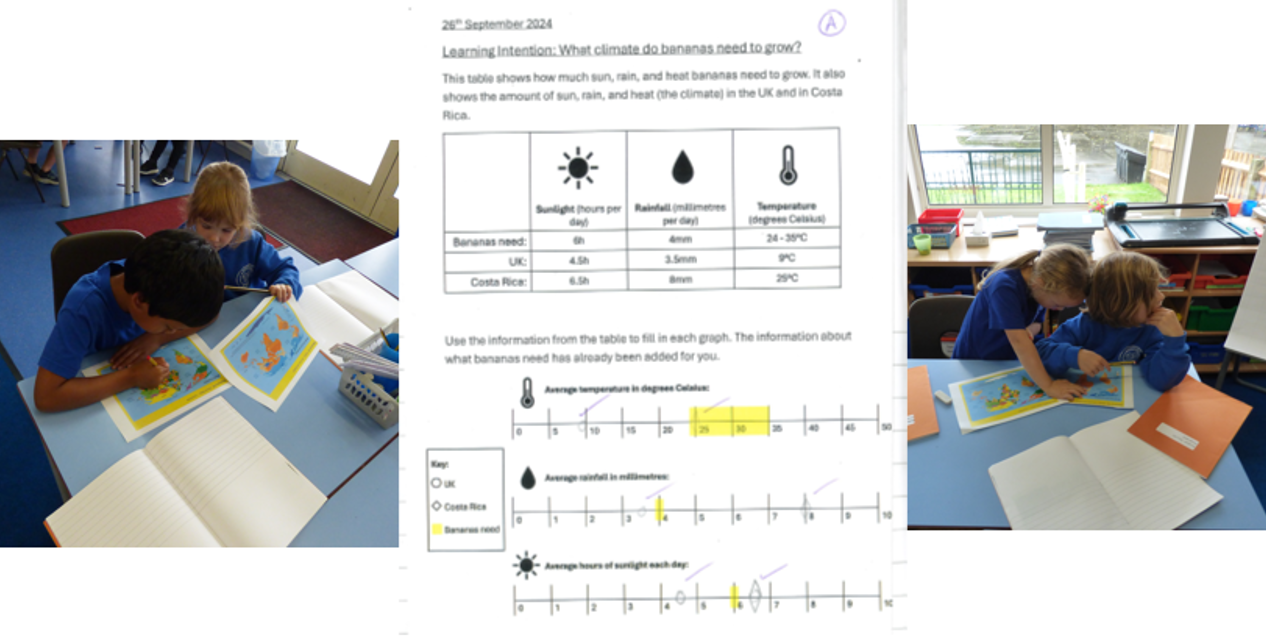
Calculating intervals on a number line
In Maths this week we have begun to investigate number lines. We have learnt that the intervals on a number line can represent different amounts - for example, some number lines go up in 1s, and others in 10s. They can also start at different numbers, so it is important to check the start and end of number lines before using them. Using this information, we worked out what numbers were missing, including on a human number line made up of children in our class!
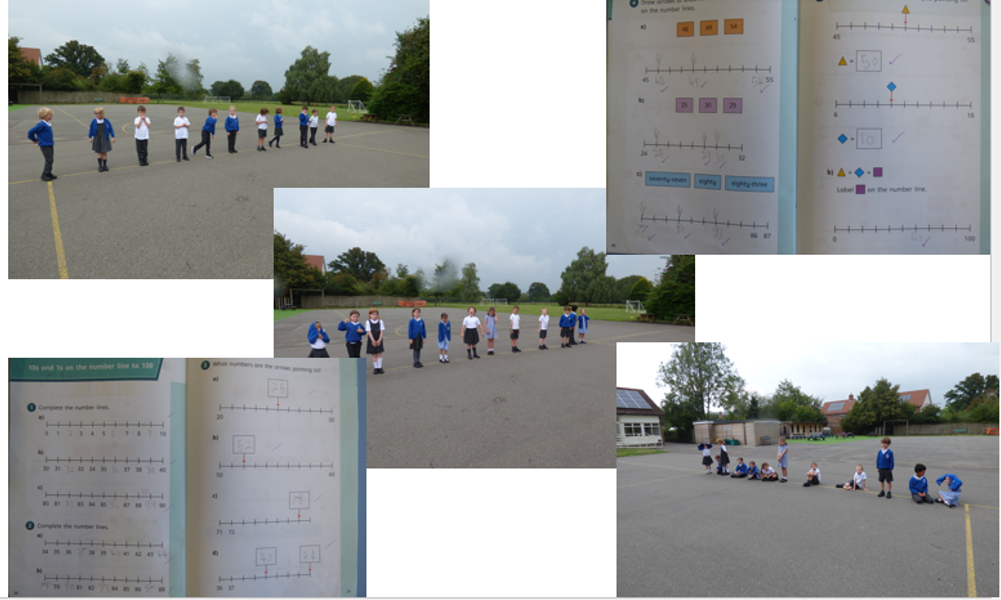
Are older people taller?
We began our science topic this week by talking about how animals change during their lifetimes. Mrs Lawry set us the challenge of investigating whether the older members of our class were the tallest. We began by measuring our heights and saying which month our birthday was in. Using this information we created a bar chart. We found that generally the older members of our class were taller but that there were some exceptions to this too. We all grow at our own pace but will get taller as we get older.
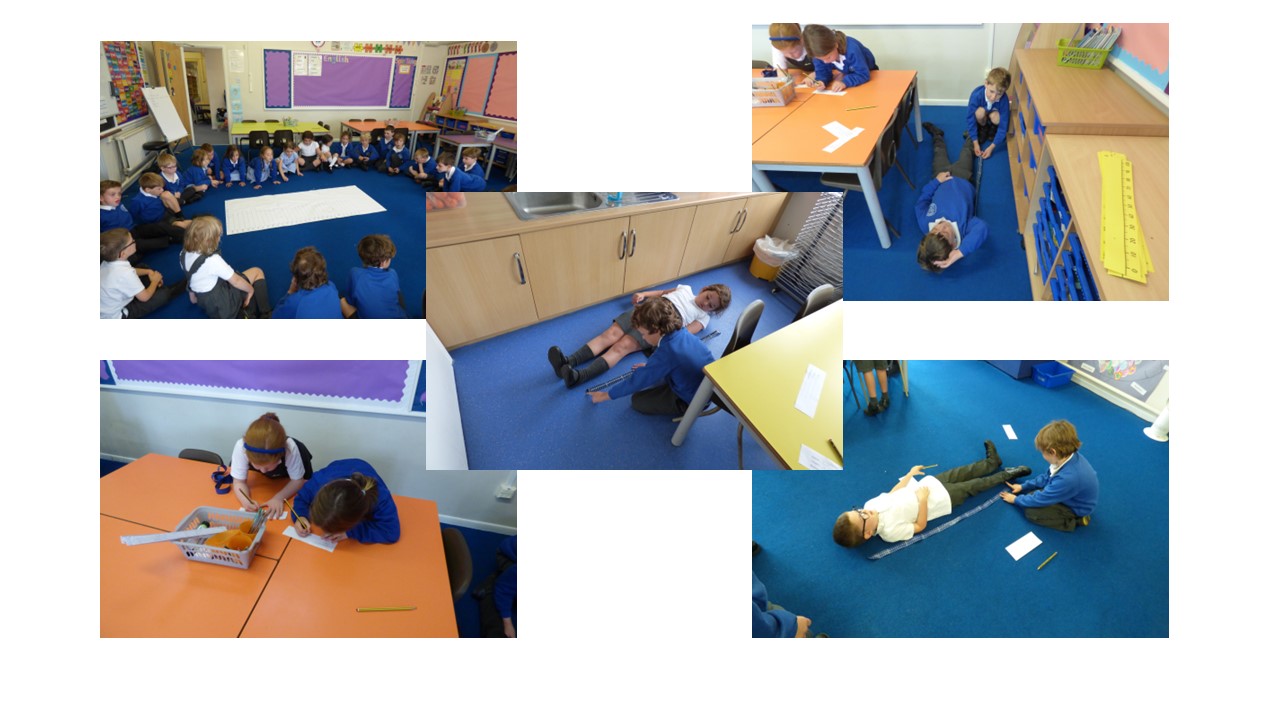
Class Charter and Successful Learner
It has been lovely to welcome the children back to class this week. As we prepare for a wonderful year ahead, we have been thinking about the type of learner we want to be, and the type of classroom we want to create. After discussing the UNCRC's Articles on the Rights of the Child, we selected the ones that we felt were most relevant and used them to create a class charter that we all signed up to.
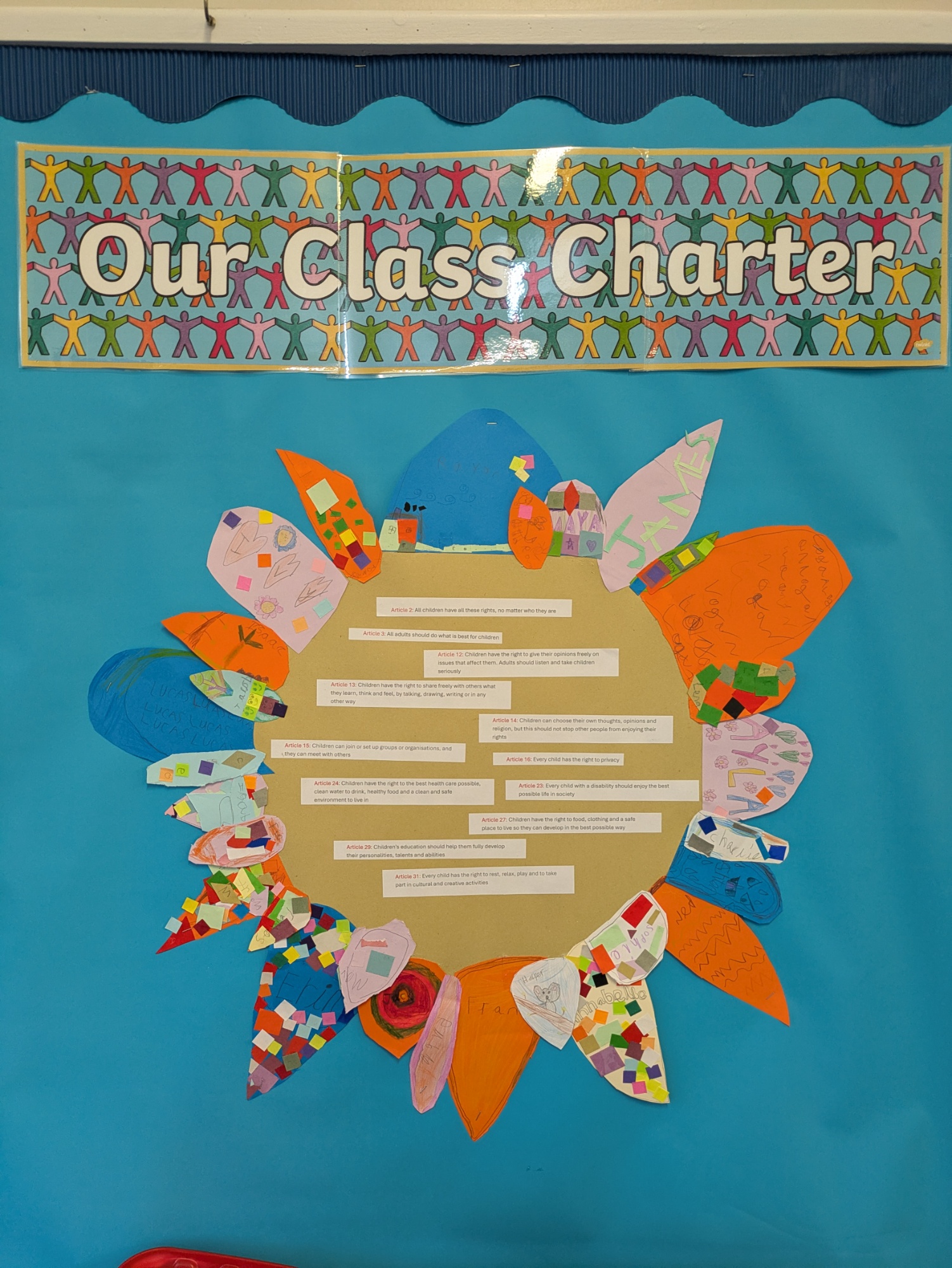
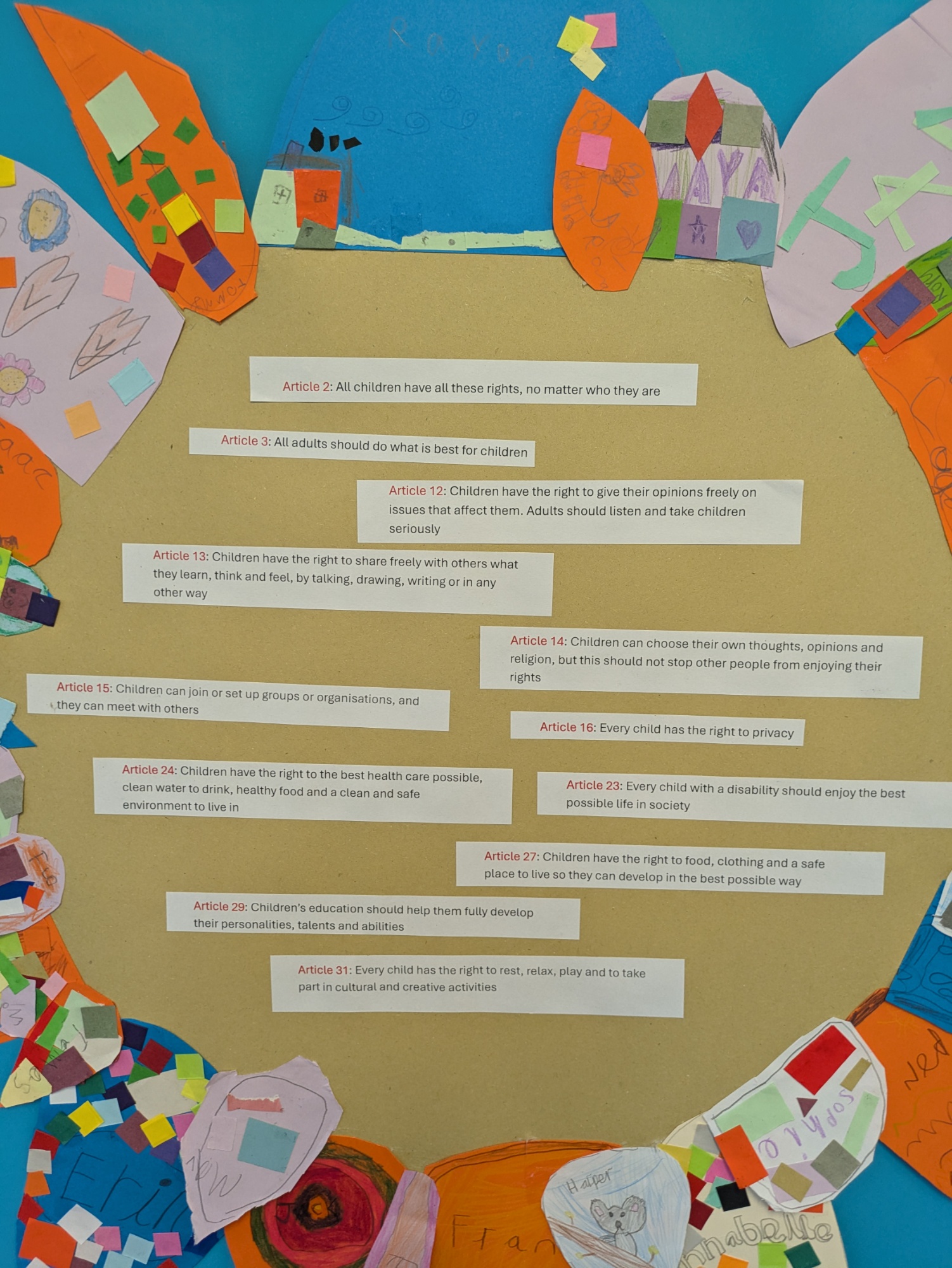
We also created a display to show the Learning Behaviours that will set us up for success in Y2:
